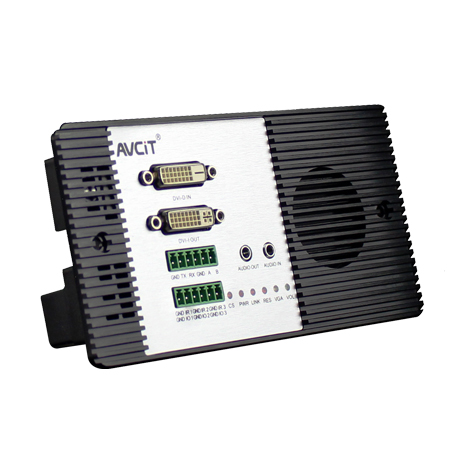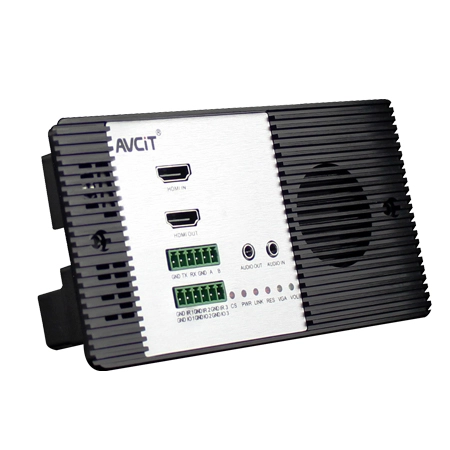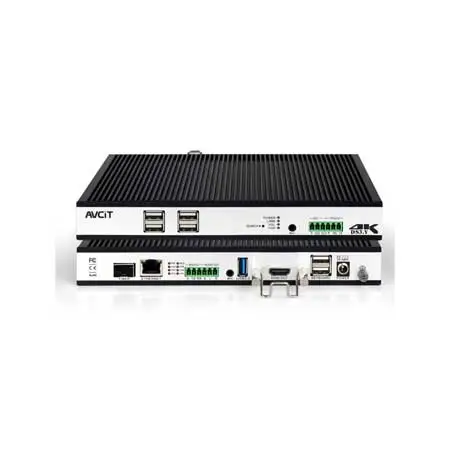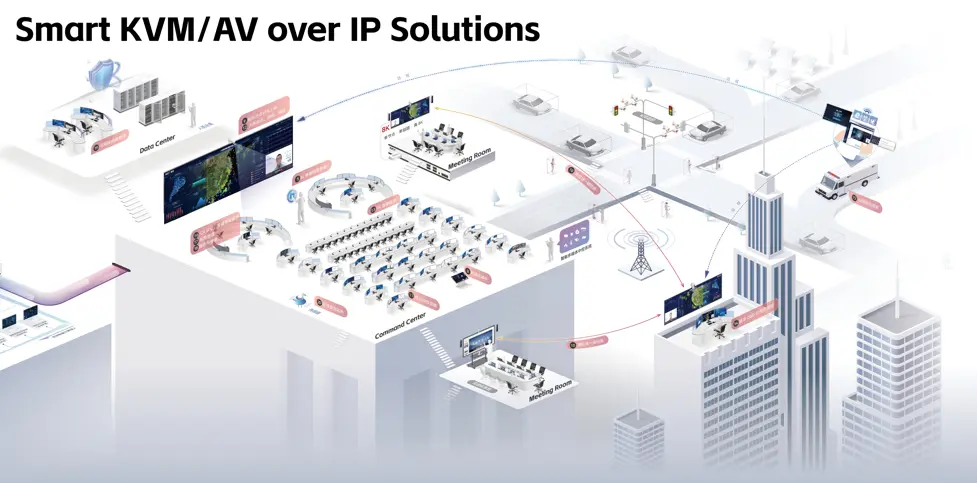From Pixels to Precision: the Technology behind Video Wall Control Rooms
Video wall control rooms are the nerve centers of modern command and control operations, providing a visually immersive environment for monitoring and decision-making. Behind the stunning visual displays and real-time data feeds lies a complex web of technology. In this blog post, we'll delve into the intricate technology that powers video wall control rooms, from pixel-perfect displays to advanced control systems.
The Building Blocks: High-Resolution Displays
At the heart of any control room video wall are the displays. These aren't your ordinary flat-screen TVs; they are high-resolution, commercial-grade monitors designed for continuous operation. The choice of display technology is crucial, and it often comes down to two primary contenders:
LED Displays
LED (Light Emitting Diode) displays are known for their exceptional brightness, color accuracy, and longevity. They are a popular choice for video wall control rooms where vivid visuals and sharp text are essential. LED displays also offer flexibility in size and shape, allowing for custom configurations to fit the room's layout.
LCD Displays
LCD (Liquid Crystal Display) panels are another common choice. They are prized for their high pixel density and sharpness. While they may not match LEDs in brightness, they are more energy-efficient and often more cost-effective. LCD displays are available in various sizes and can be used in large video wall setups.
The Seamless Visual Experience: Bezel-less Design
A critical aspect of video wall displays is the bezel—the frame that surrounds each screen. In an ideal video wall control room, you want bezels to be as minimal as possible to create a seamless visual experience. Advanced display technologies, such as "zero bezel" or "ultra-narrow bezel" designs, are employed to minimize the interruption between screens, ensuring that images and data flow seamlessly across the video wall.
Content Management and Control: Video Wall Processors
Video wall control rooms require powerful processors to manage content distribution and display control. These processors play a crucial role in ensuring that the visual elements align perfectly and that real-time data feeds are displayed accurately. Some key functions of video wall processors include:
Content Scaling and Synchronization
Video wall processors can scale and synchronize content to fit the display configuration precisely. Whether you have a 2x2, 3x3, or more complex video wall setup, the processor ensures that content appears seamlessly across all screens.
Signal Routing and Switching
These processors allow for the routing and switching of video sources. Operators can select which content is displayed on the video wall at any given time, whether it's camera feeds, data streams, or other sources.
Real-time Monitoring and Control
Advanced processors enable real-time monitoring and control of each display unit within the video wall. Operators can adjust brightness, contrast, and other parameters to ensure optimal viewing conditions.
User Interfaces and Interaction: Control Systems
User-friendly control systems are essential for operators to manage video wall content efficiently. These control systems may include physical control panels, touchscreens, or software interfaces. They enable operators to:
Select and Arrange Content
Operators can choose which content to display, arrange windows, and resize visual elements as needed.
Switch Sources
Control systems allow operators to switch between different video sources quickly and seamlessly.
Monitor and Diagnose
Operators can monitor the status of each display unit and diagnose any issues or anomalies in real-time.
Video wall control rooms are technological marvels that rely on high-resolution displays, seamless bezel-less design, sophisticated video wall processors, and user-friendly control systems. The technology behind these control rooms ensures that operators have pixel-perfect precision and accuracy when monitoring data, making critical decisions, and responding to dynamic situations. As technology continues to evolve, video wall control rooms will only become more advanced, further enhancing their role in critical operations across various industries. The integration of multi screen controller within video wall control rooms enables operators to effectively monitor the status of each display unit and diagnose any issues or anomalies in real-time, ensuring optimal performance and minimizing downtime. This combination of cutting-edge technology and control room display solutions, such as IP video wall system, showcases the continuous advancement and increasing importance of video wall control rooms in critical operations across various industries.

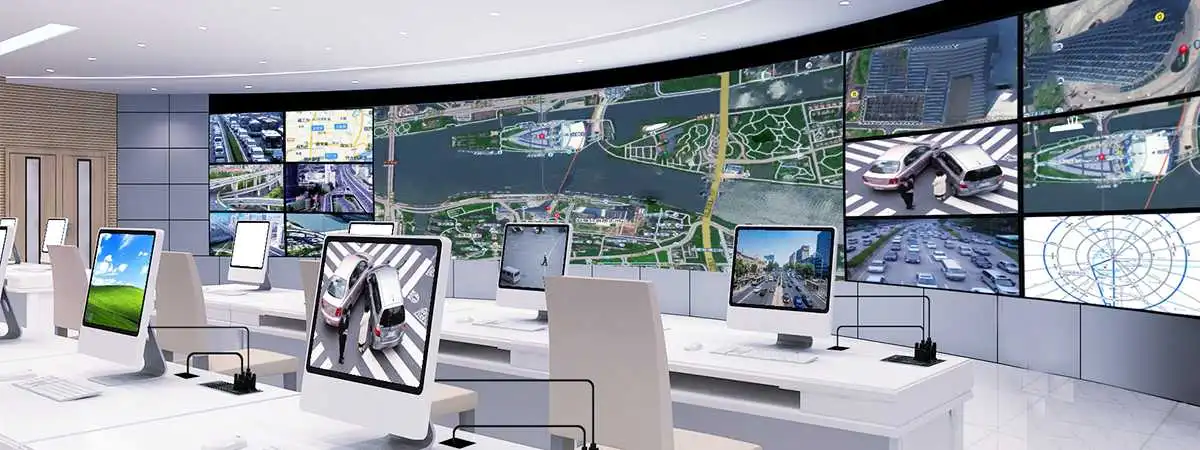
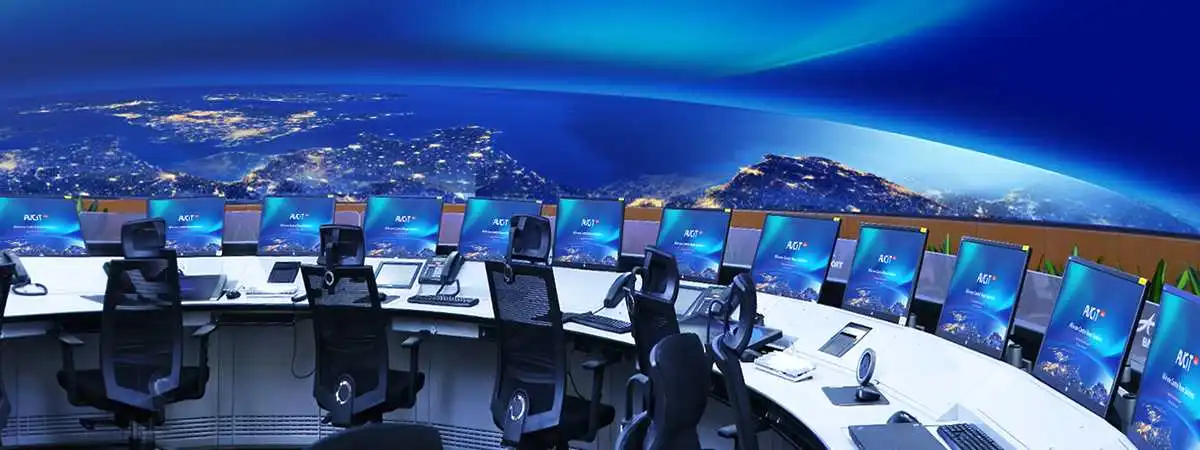
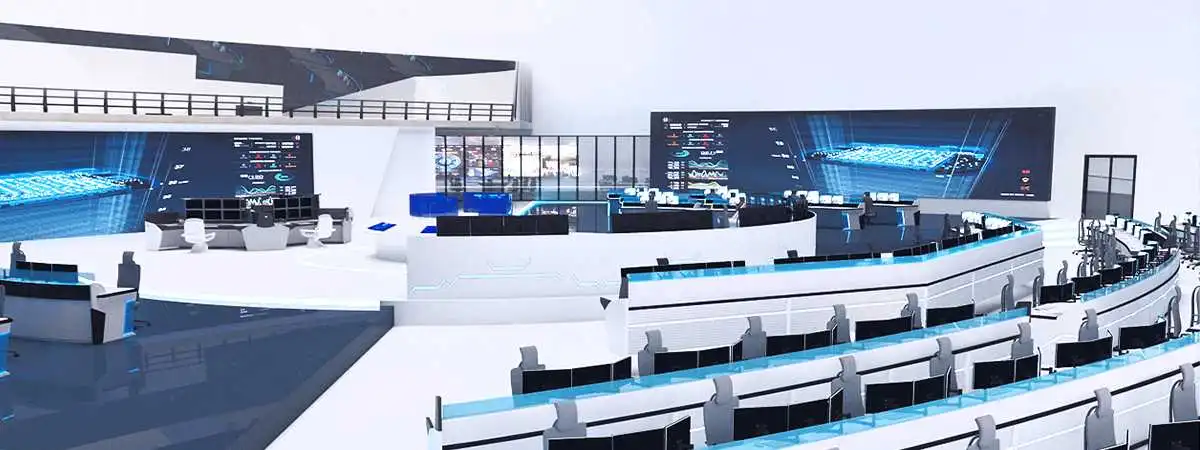
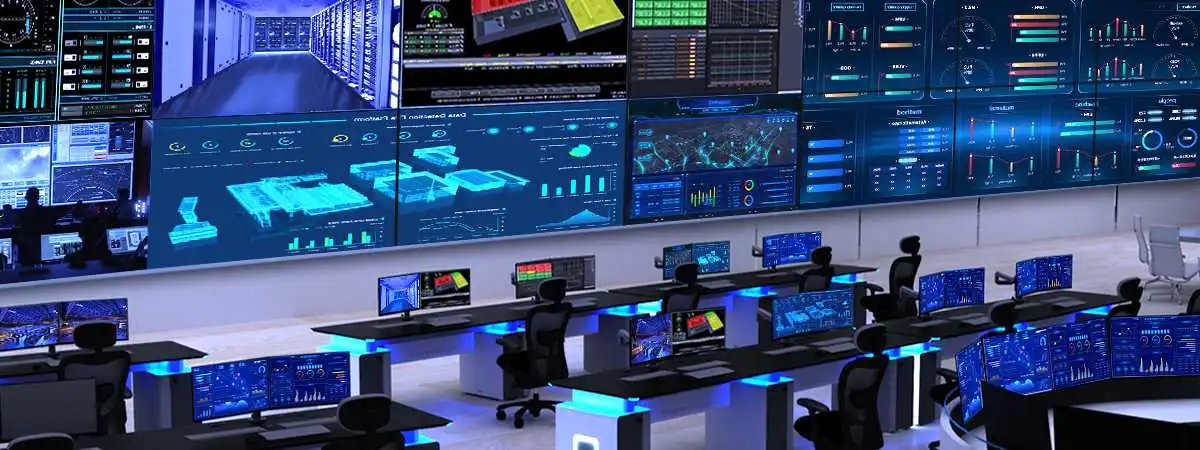
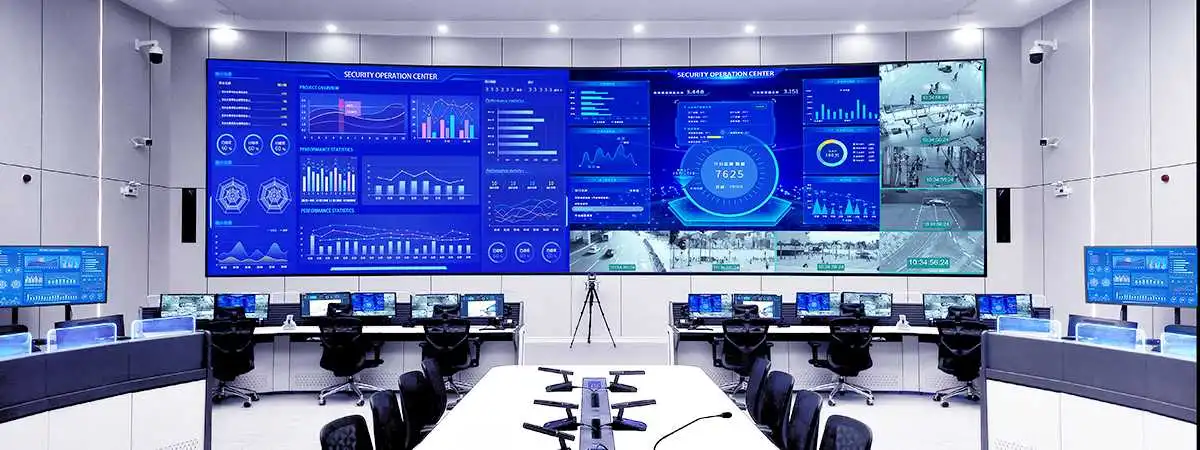
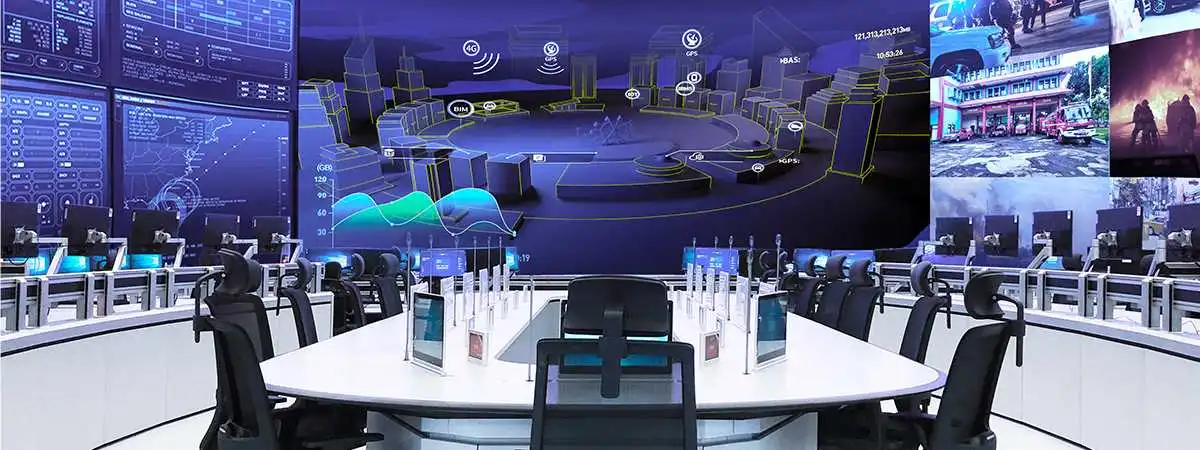
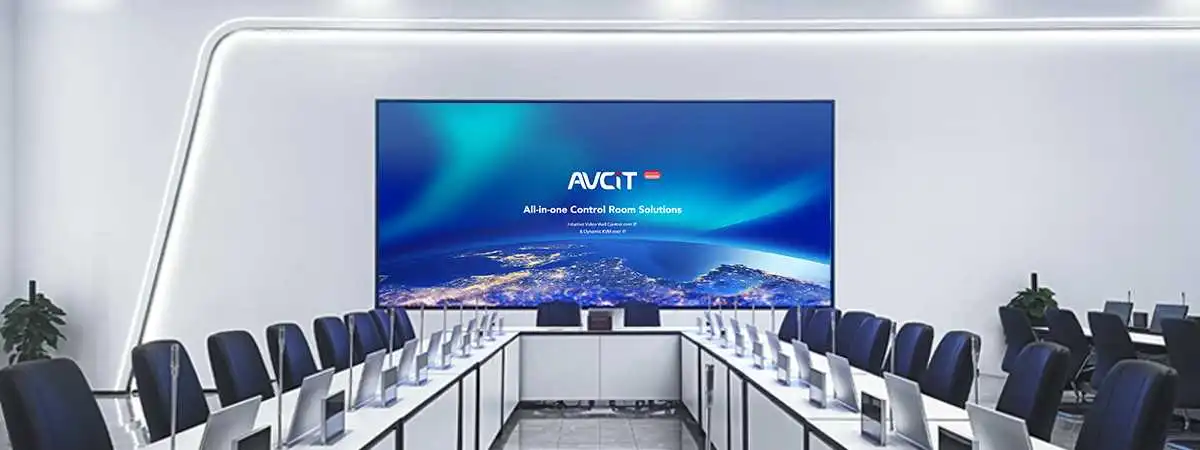
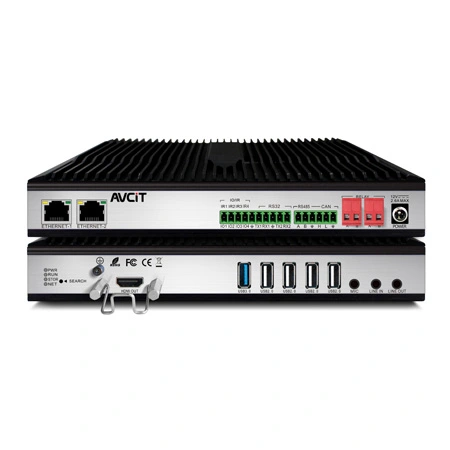 AIVC-16CH AI BOX
AIVC-16CH AI BOX
 2K HDMI Video Codec
2K HDMI Video Codec
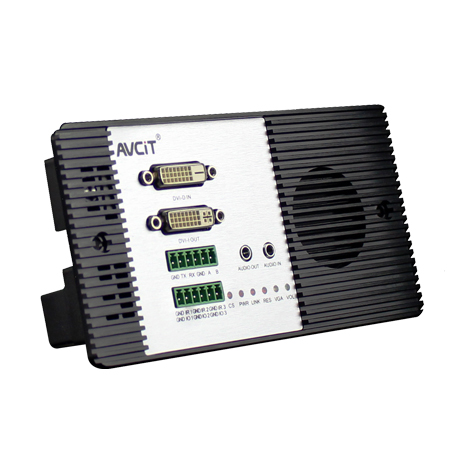 2K DVI Video Codec
2K DVI Video Codec
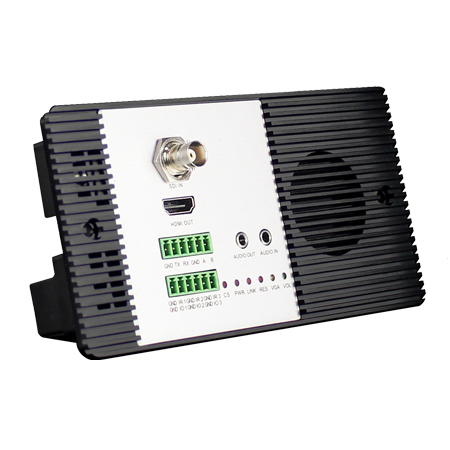 2K SDI Video Codec
2K SDI Video Codec
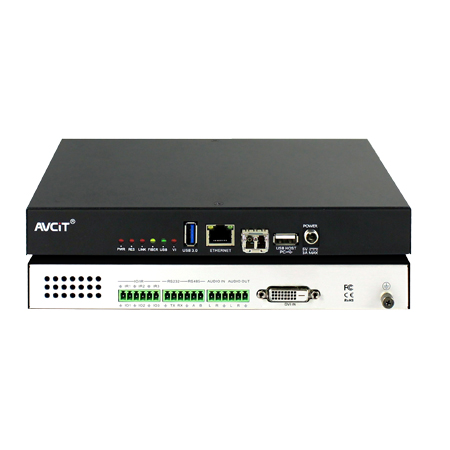 2K HDMI Video Encoder
2K HDMI Video Encoder
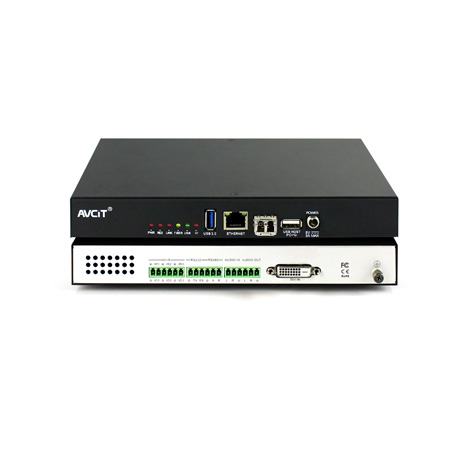 2K DVI Video Encoder
2K DVI Video Encoder
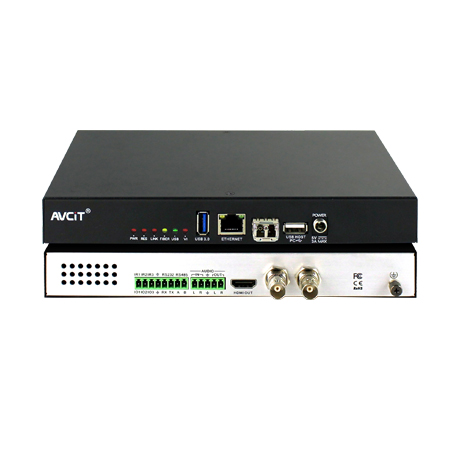 2K SDI Video Encoder
2K SDI Video Encoder
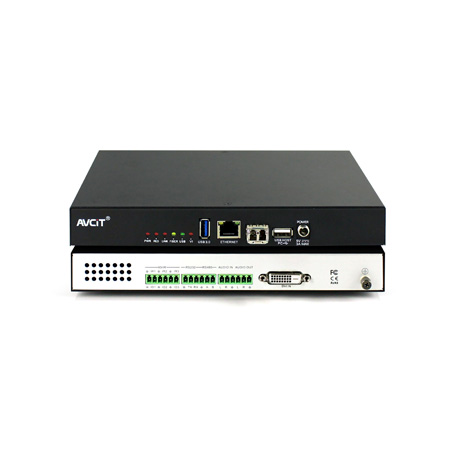 2K VGA Video Encoder
2K VGA Video Encoder
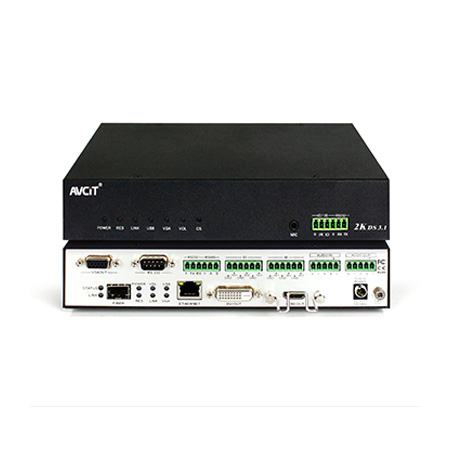 2K Video Wall Decoder (HDMI+DVI)
2K Video Wall Decoder (HDMI+DVI)
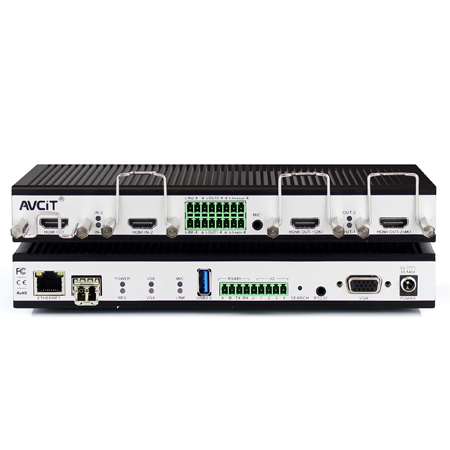 4K HDMI Video Encoder
4K HDMI Video Encoder
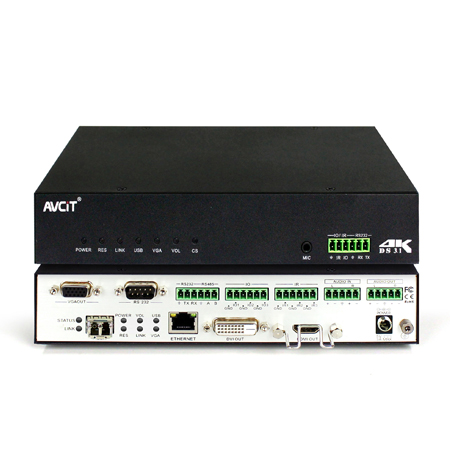 4K HDMI Video Decoder
4K HDMI Video Decoder
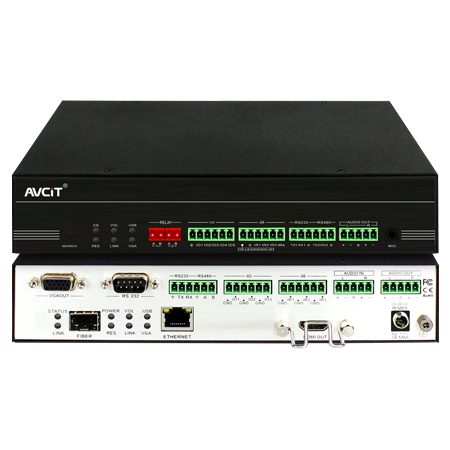 4K HDMI Video Wall Decoder
4K HDMI Video Wall Decoder
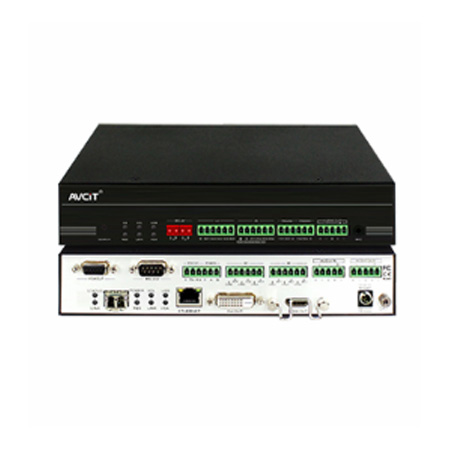 4K HDMI + DVI Video Wall Decoder
4K HDMI + DVI Video Wall Decoder
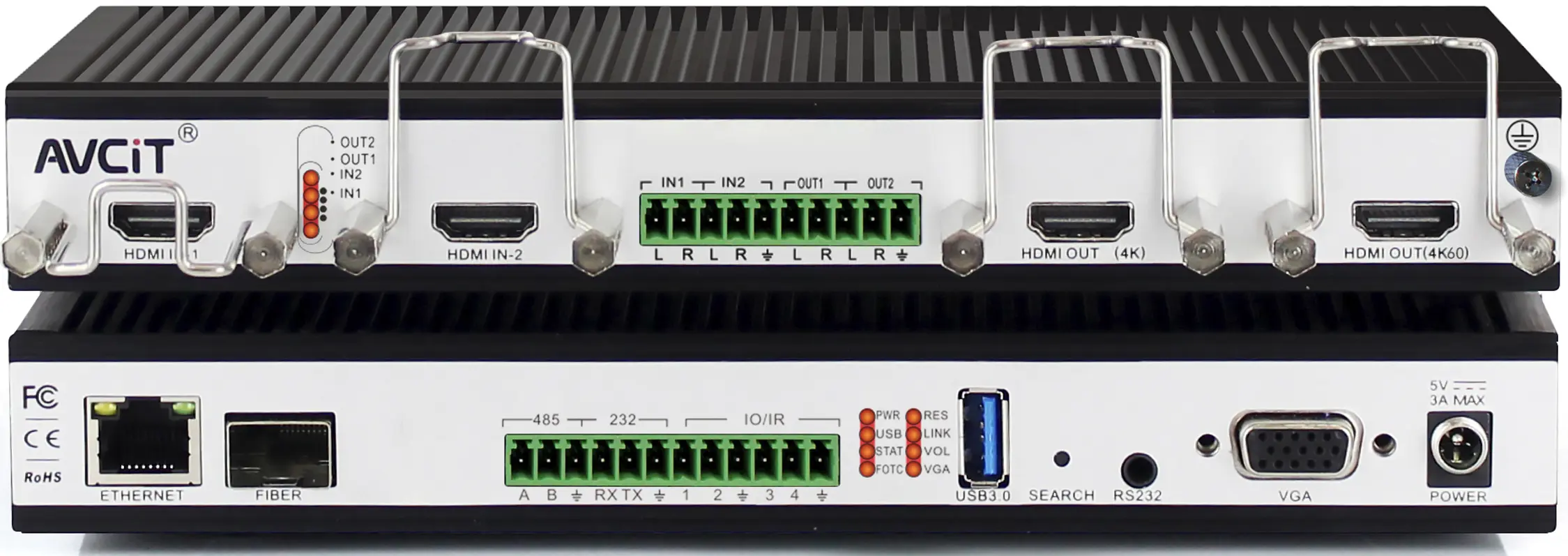 4K HDMI Dual Channel Codec
4K HDMI Dual Channel Codec
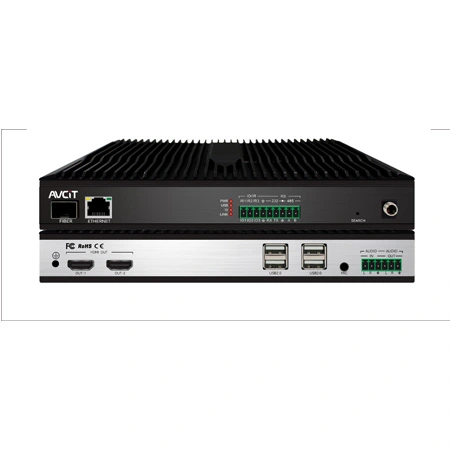 8K HDMI Decoder
8K HDMI Decoder
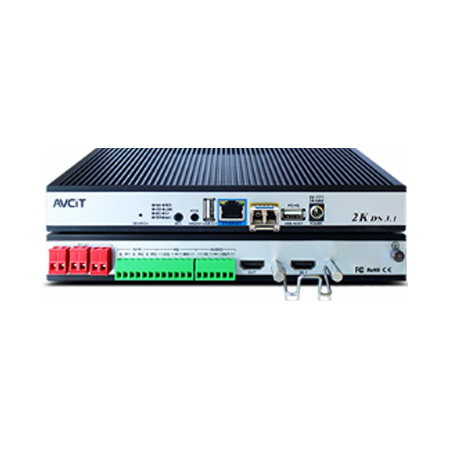 2K KVM Encoder - HDMI
2K KVM Encoder - HDMI
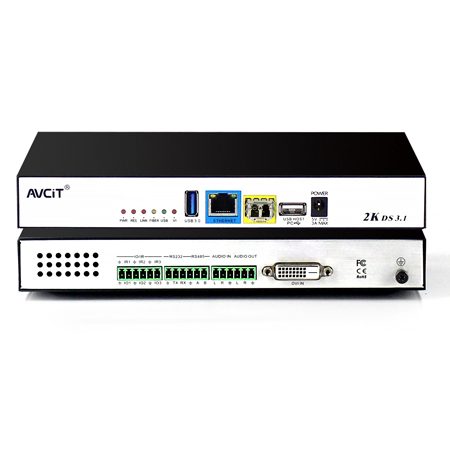 2K KVM Encoder - DVI
2K KVM Encoder - DVI
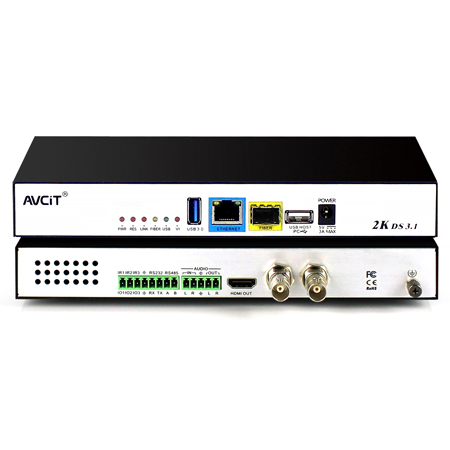 2K KVM Encoder - SDI
2K KVM Encoder - SDI
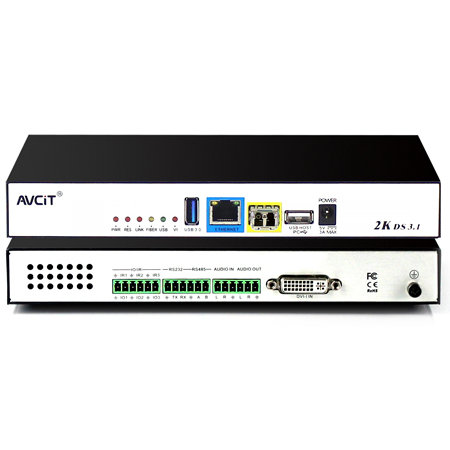 2K KVM Encoder - DVI-I(VGA)
2K KVM Encoder - DVI-I(VGA)
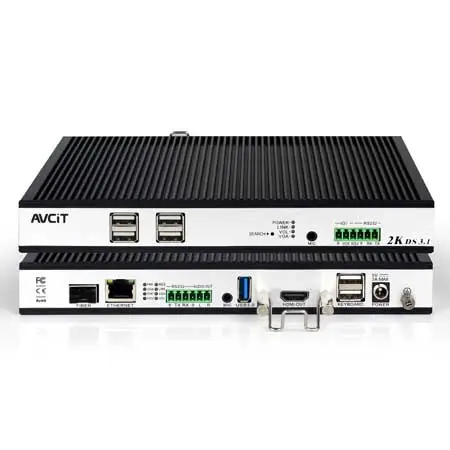 2K KVM Decoder - HDMI
2K KVM Decoder - HDMI
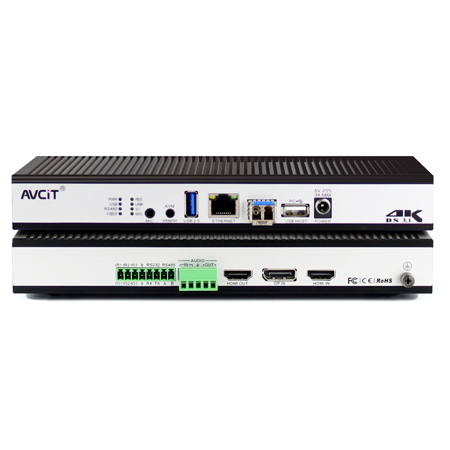 4K KVM Encoder - HDMI + DP
4K KVM Encoder - HDMI + DP
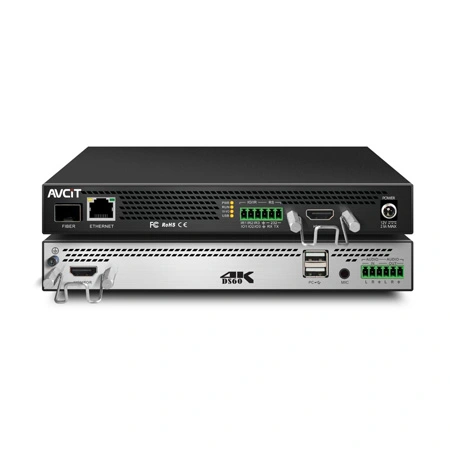 4K@60 KVM Encoder - HDMI
4K@60 KVM Encoder - HDMI
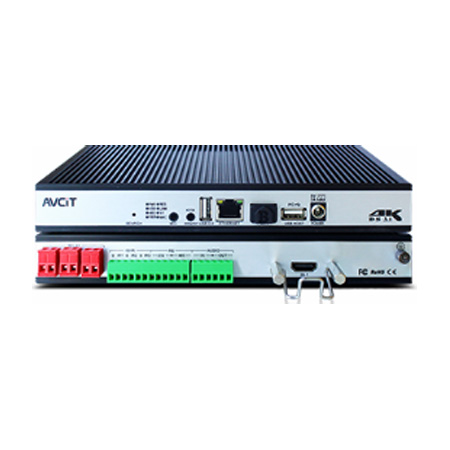 4K KVM Encoder - HDMI + HDMI
4K KVM Encoder - HDMI + HDMI
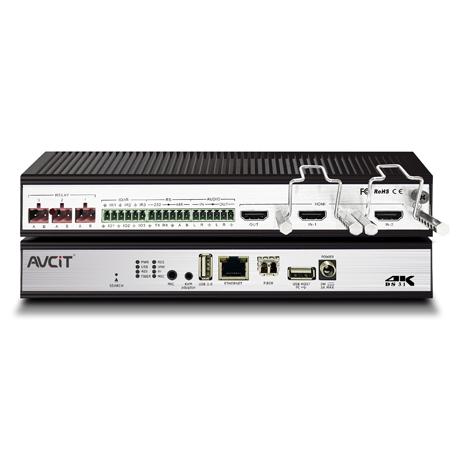 4K KVM Encoder - HDMI
4K KVM Encoder - HDMI
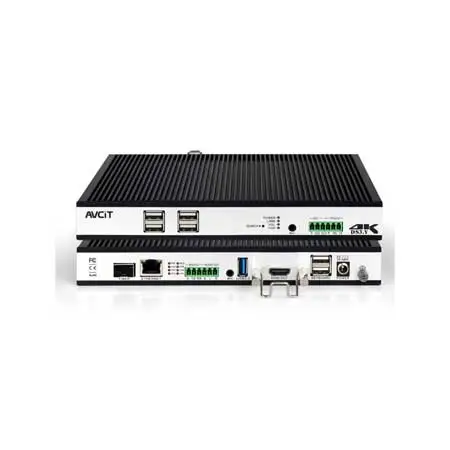 4K KVM Decoder - HDMI
4K KVM Decoder - HDMI
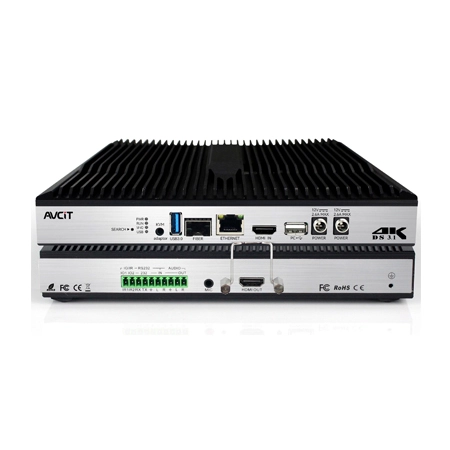 4K60 4:4:4 KVM Encoder - HDMI
4K60 4:4:4 KVM Encoder - HDMI
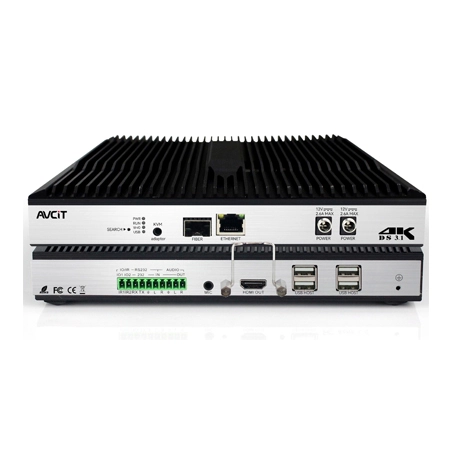 4K60 4:4:4 KVM Decoder-HDMI
4K60 4:4:4 KVM Decoder-HDMI
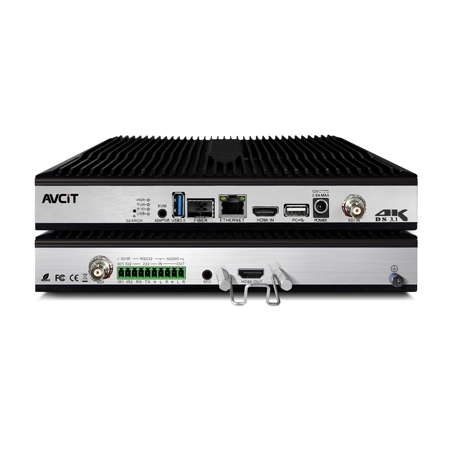 4K60 4:4:4 KVM Encoder - HDMI + SDI
4K60 4:4:4 KVM Encoder - HDMI + SDI
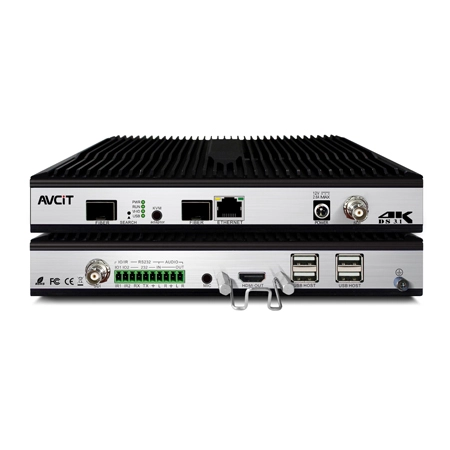 4K60 4:4:4 KVM Decoder - HDMI + SDI
4K60 4:4:4 KVM Decoder - HDMI + SDI
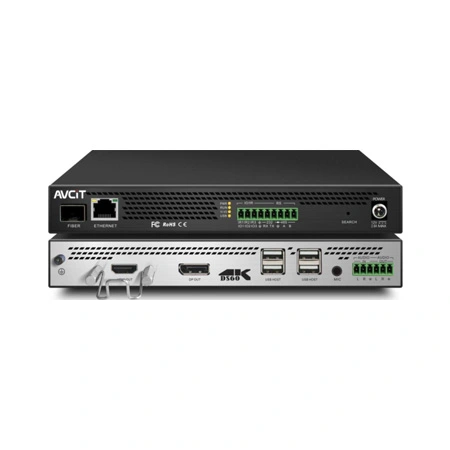 5K KVM Decoder - HDMI +DP
5K KVM Decoder - HDMI +DP
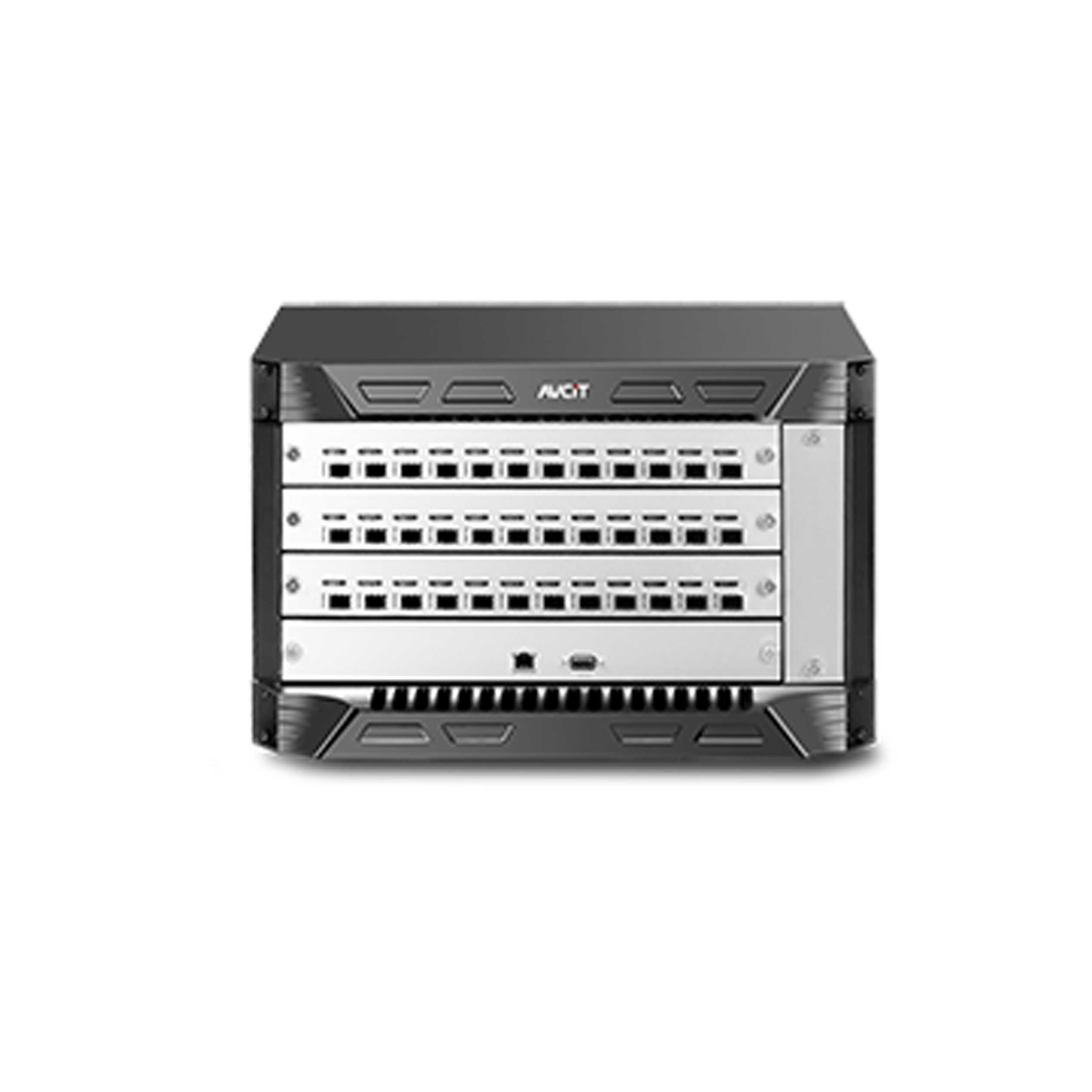 Phinx-36 Ports Fiber KVM Matrix
Phinx-36 Ports Fiber KVM Matrix
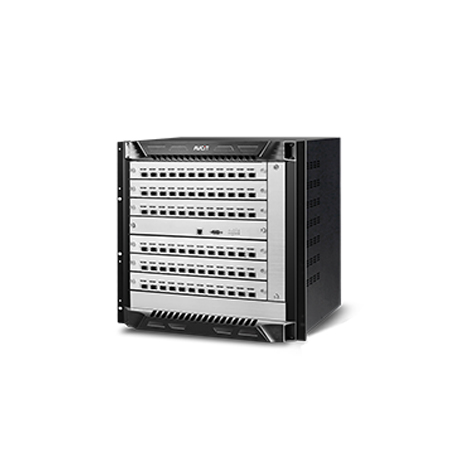 Phinx-72 Ports Fiber KVM Matrix
Phinx-72 Ports Fiber KVM Matrix
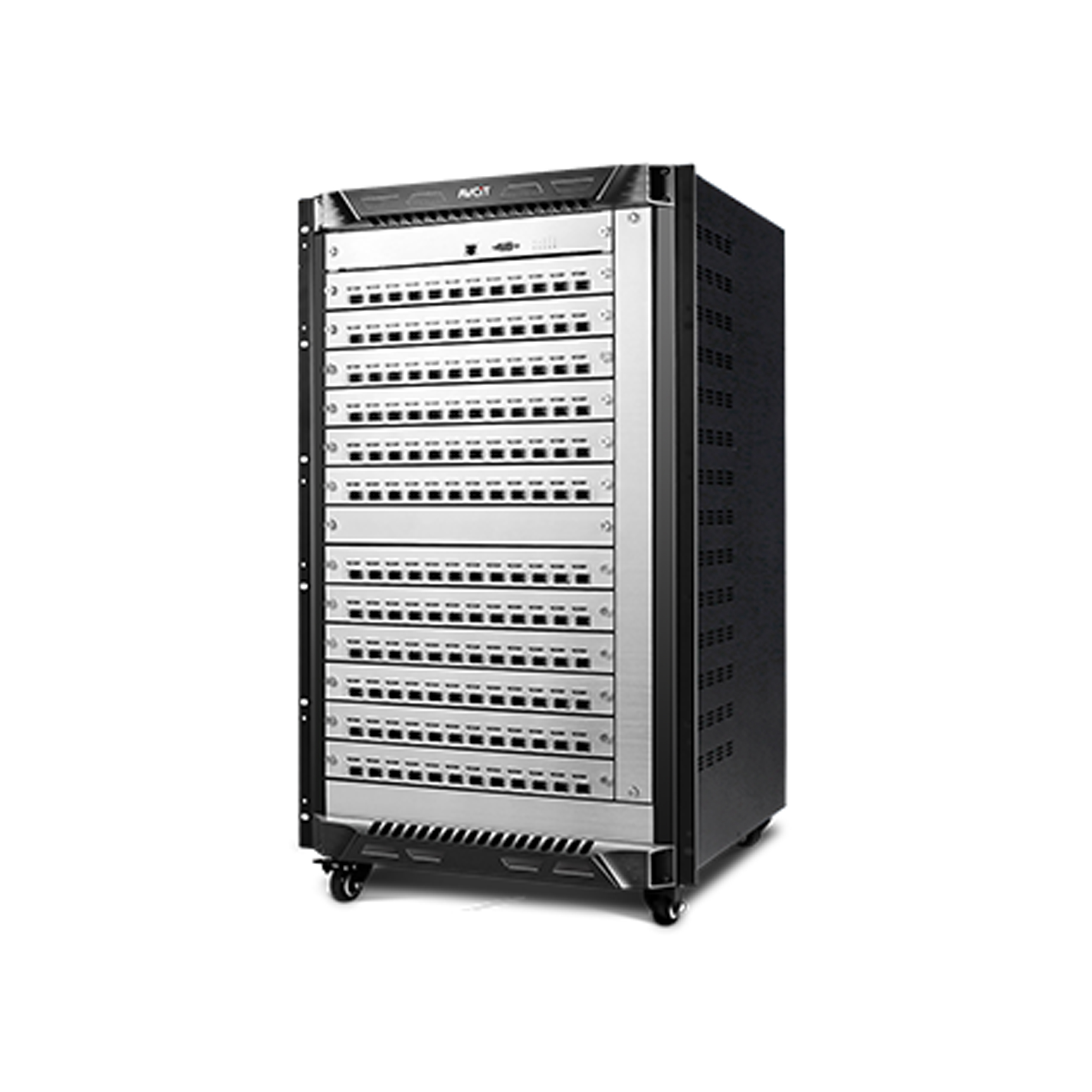 Phinx-144 Ports Fiber KVM Matrix
Phinx-144 Ports Fiber KVM Matrix
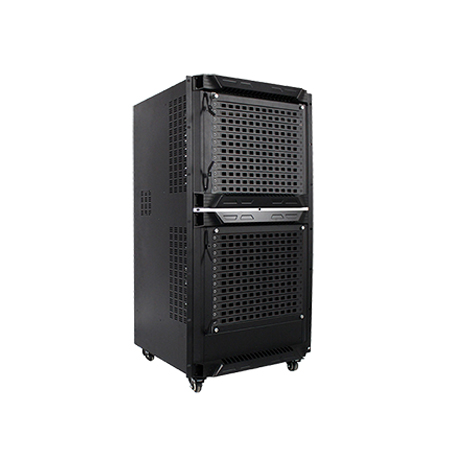 Phinx-288 Ports Fiber KVM Matrix
Phinx-288 Ports Fiber KVM Matrix
 Phinx-576 Ports Fiber KVM Matrix
Phinx-576 Ports Fiber KVM Matrix
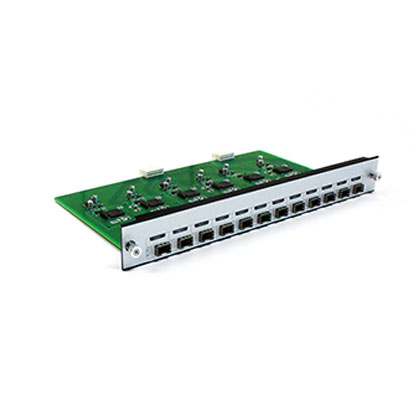 Phinx - I/O SFP Module Card
Phinx - I/O SFP Module Card
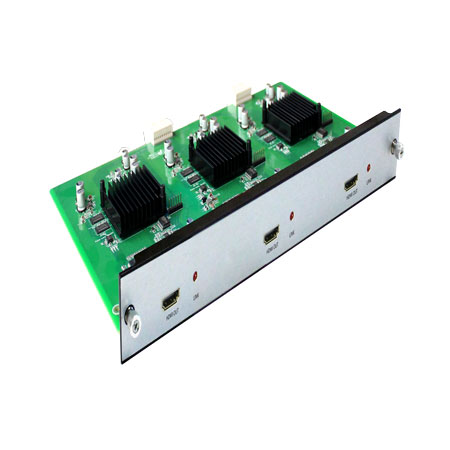 Phinx - Video Wall Control Card
Phinx - Video Wall Control Card
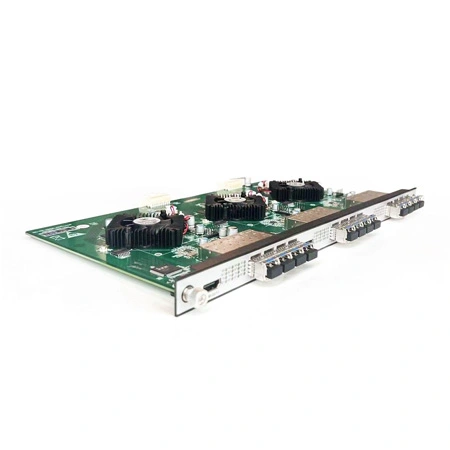 Phinx- Video Wall & SFP Card
Phinx- Video Wall & SFP Card
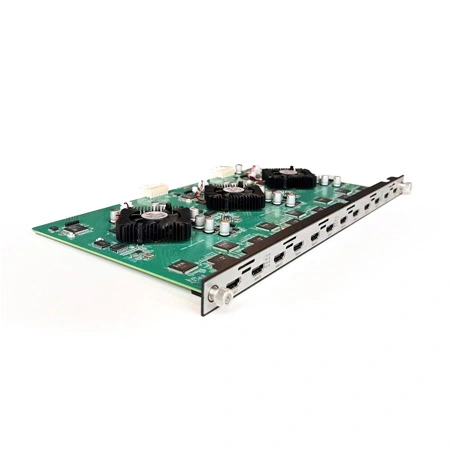 Phinx- Video Card(6IN6OUT)
Phinx- Video Card(6IN6OUT)
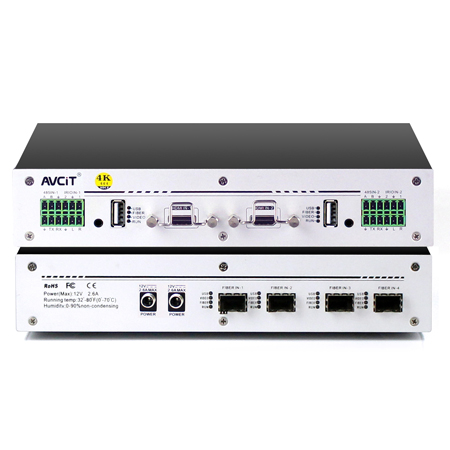 4K KVM Transmitter-HDMI
4K KVM Transmitter-HDMI
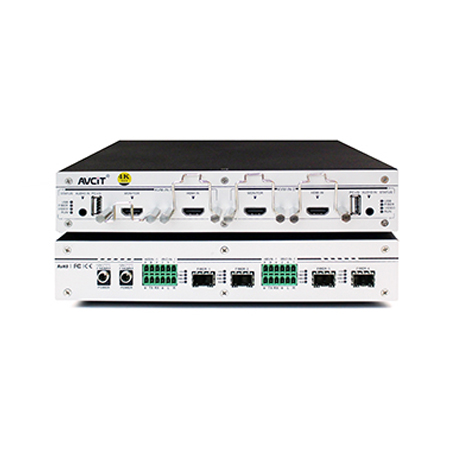 4K KVM Transmitter-HDMI+HDMI LOOP
4K KVM Transmitter-HDMI+HDMI LOOP
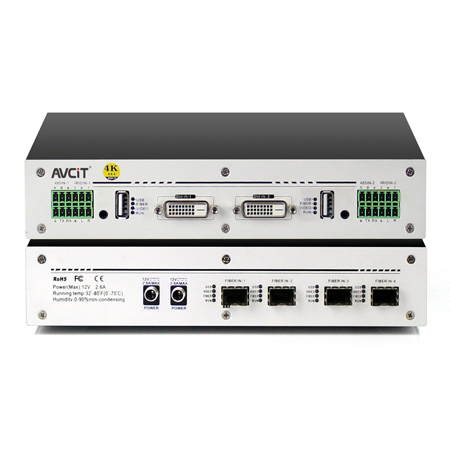 4K KVM Transmitter-DVI
4K KVM Transmitter-DVI
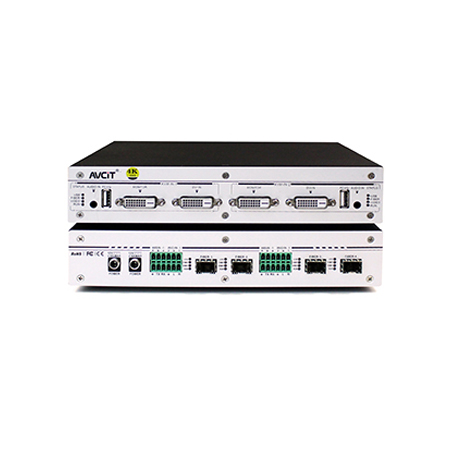 4K KVM Transmitter-DVI+DVI LOOP
4K KVM Transmitter-DVI+DVI LOOP
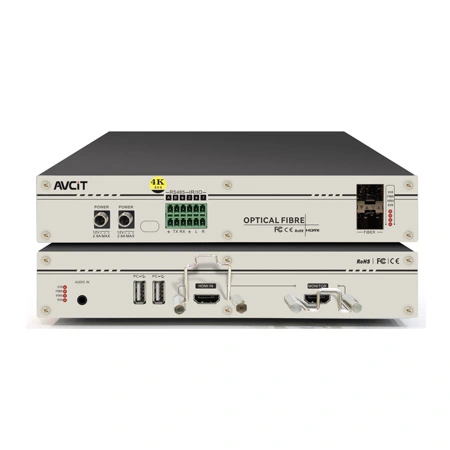 4K60 KVM Transmitter - HDMI
4K60 KVM Transmitter - HDMI
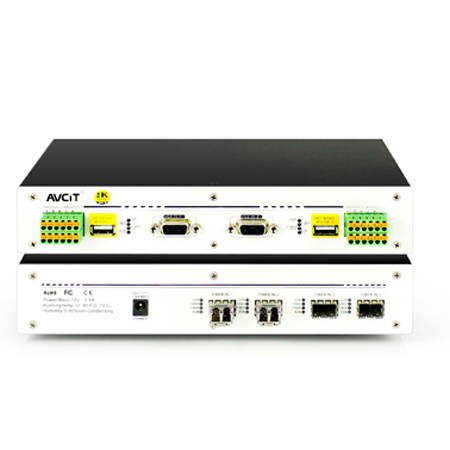 2K KVM Transmitter-VGA
2K KVM Transmitter-VGA
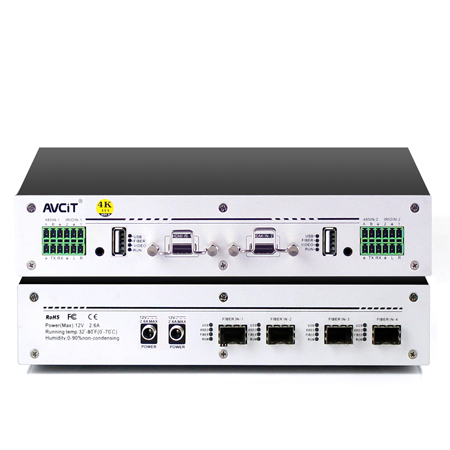 4K KVM Receiver-HDMI
4K KVM Receiver-HDMI
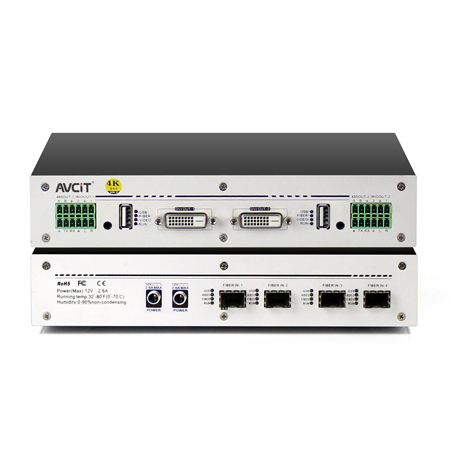 4K KVM Receiver-DVI
4K KVM Receiver-DVI
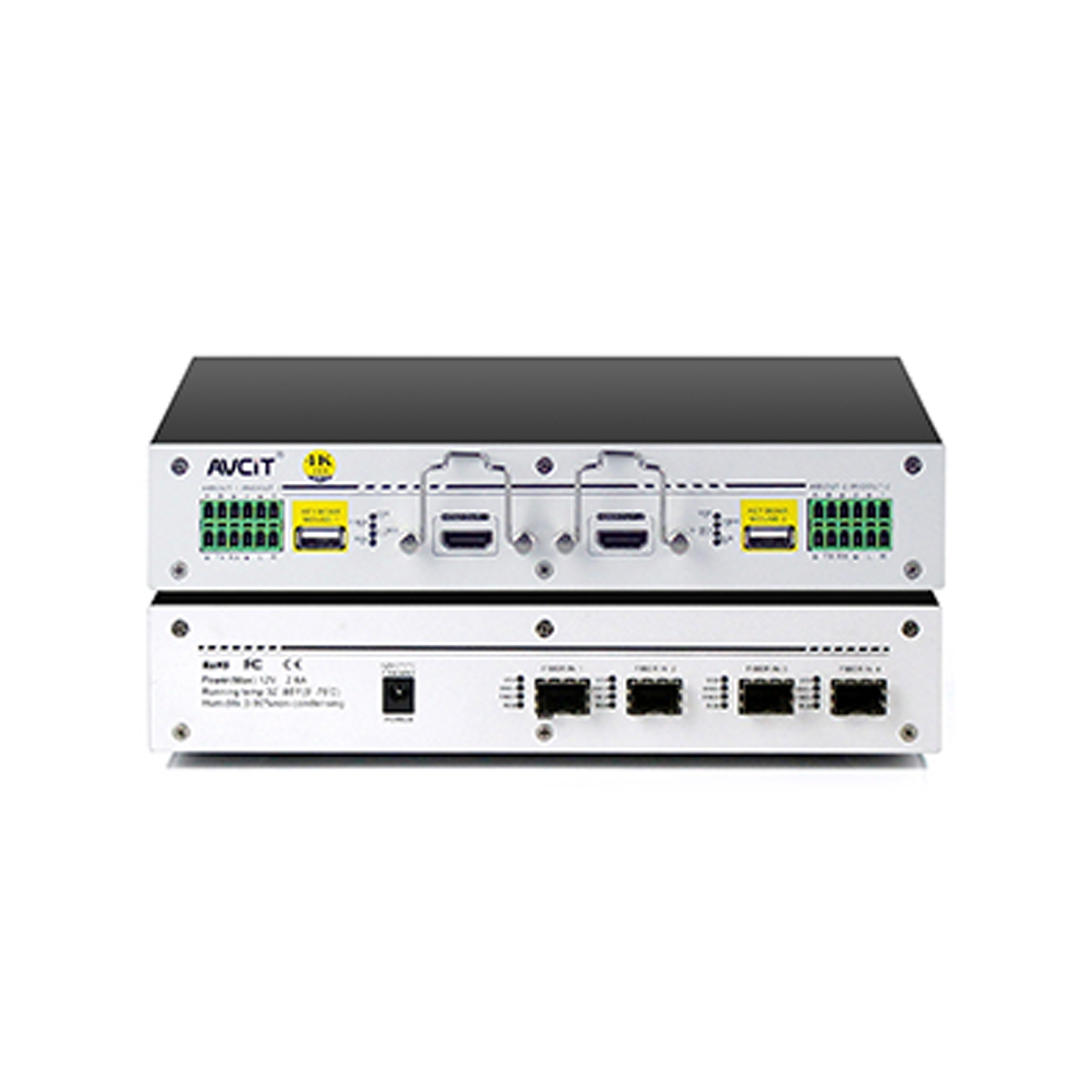 Quad-view KVM Receiver-HDMI
Quad-view KVM Receiver-HDMI
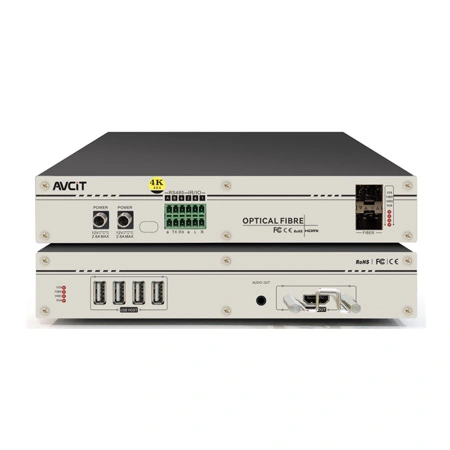 4K60 KVM Receiver - HDMI
4K60 KVM Receiver - HDMI
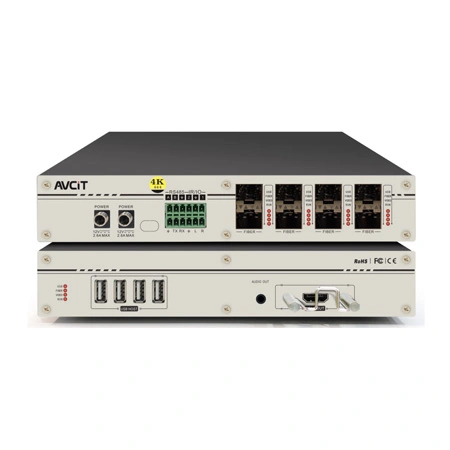 4K60 Quad-view KVM Receiver
4K60 Quad-view KVM Receiver
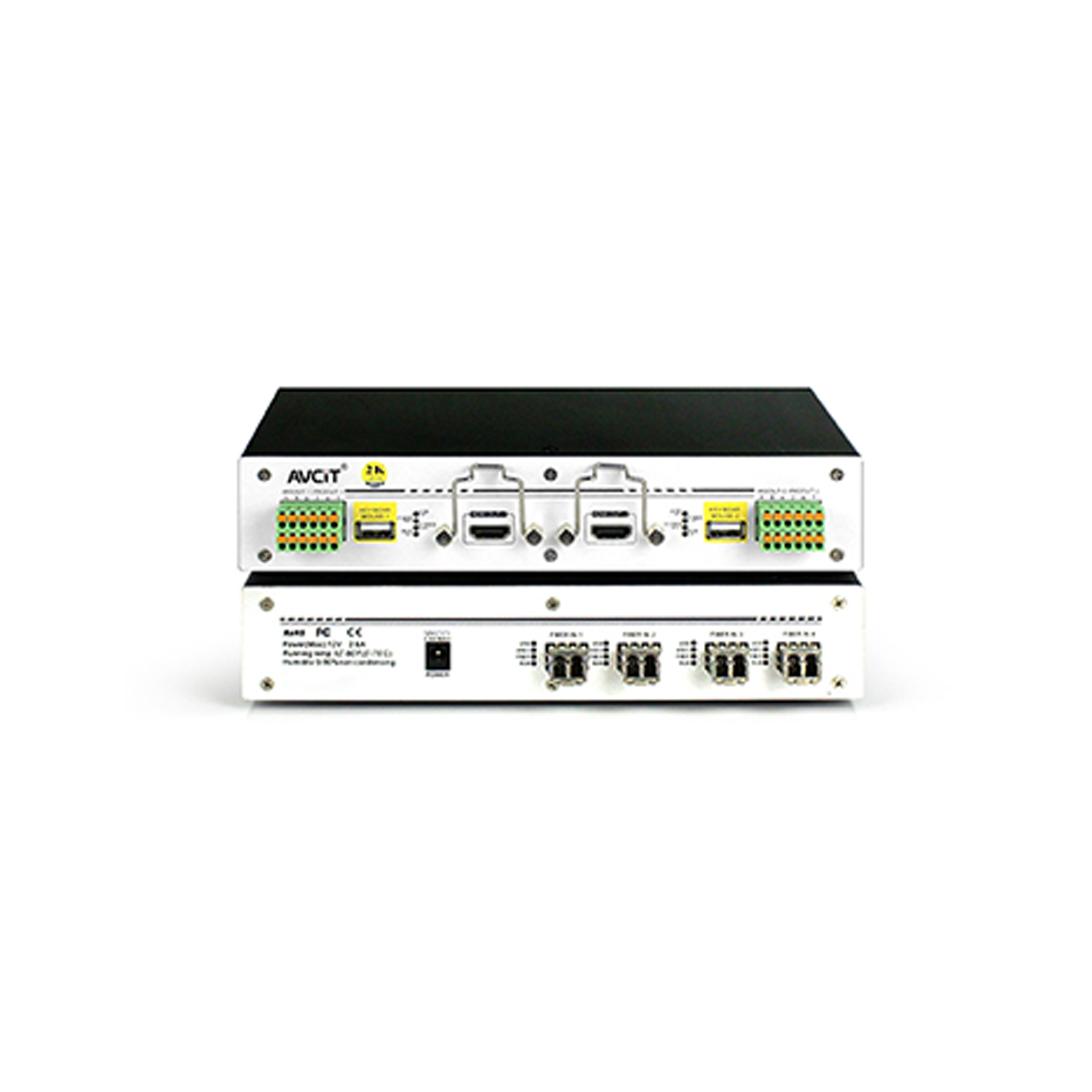 2K KVM Receiver-HDMI
2K KVM Receiver-HDMI
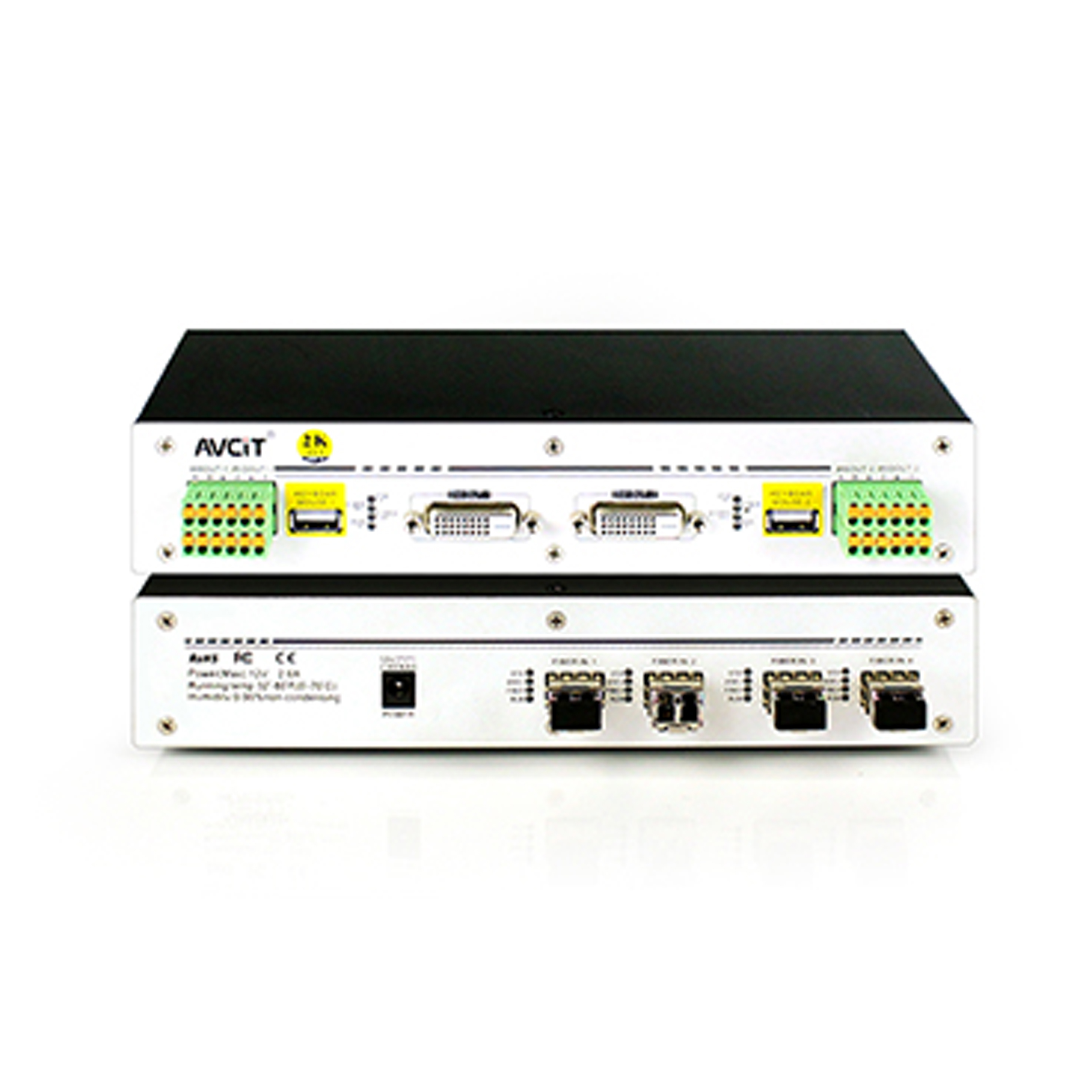 2K KVM Receiver-DVI
2K KVM Receiver-DVI
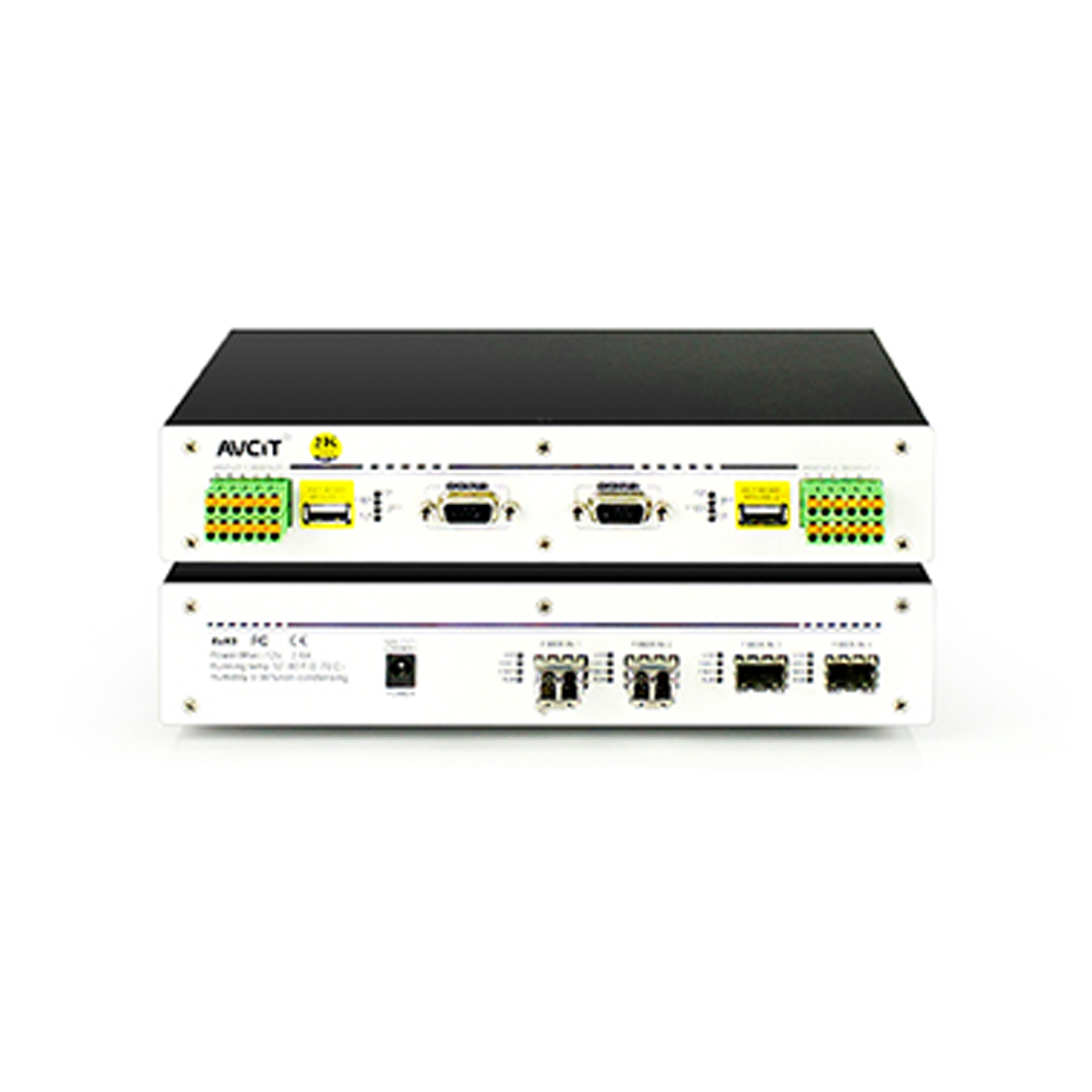 2K KVM Receiver-VGA
2K KVM Receiver-VGA
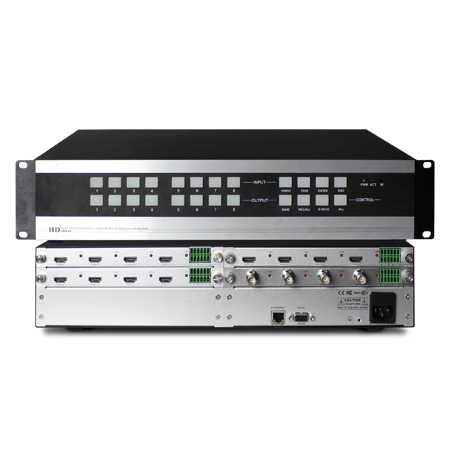 2K Video Wall Matrix - 8x8
2K Video Wall Matrix - 8x8
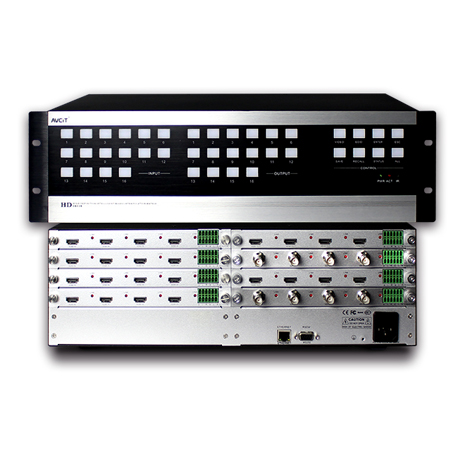 2K Video Wall Matrix - 16x16
2K Video Wall Matrix - 16x16
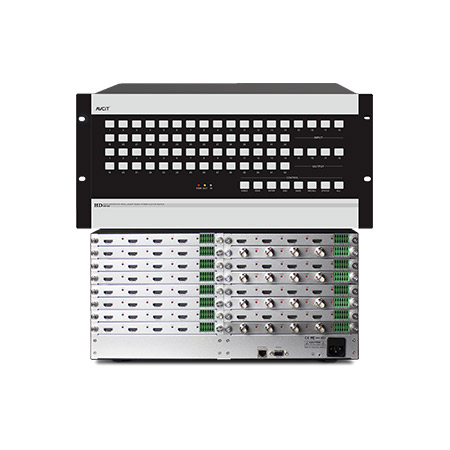 2K Video Wall Matrix - 32x32
2K Video Wall Matrix - 32x32
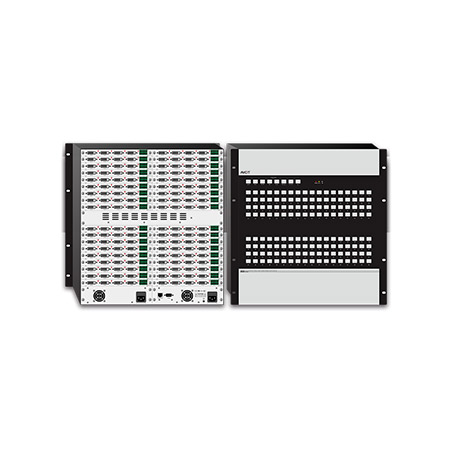 2K Video Wall Matrix - 72x72
2K Video Wall Matrix - 72x72
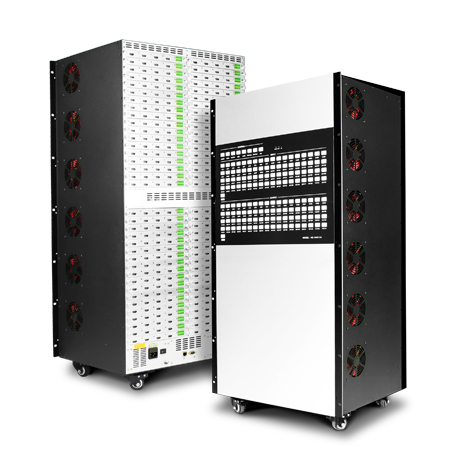 2K Video Wall Matrix - 144x144
2K Video Wall Matrix - 144x144
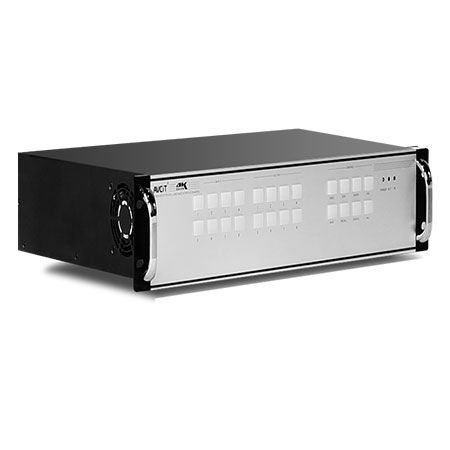 4K Video Matrix Switcher - 8x8
4K Video Matrix Switcher - 8x8
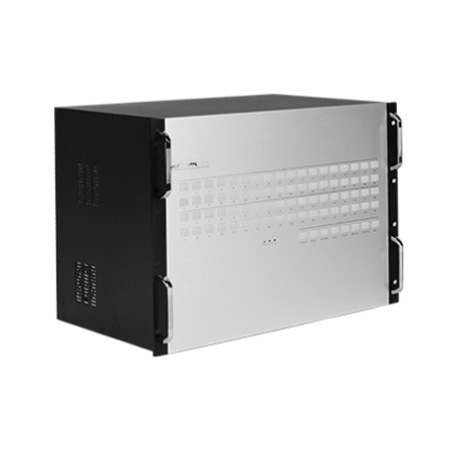 4K Video Matrix Switcher - 18x18
4K Video Matrix Switcher - 18x18
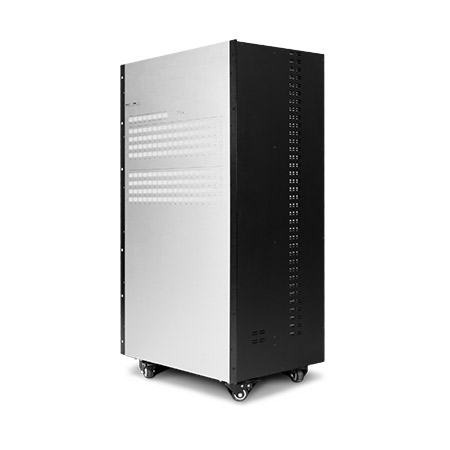 4K Video Matrix Switcher - 72x72
4K Video Matrix Switcher - 72x72
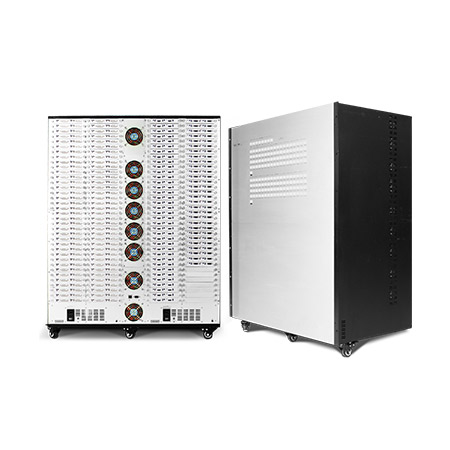 4K Video Matrix Switcher - 144x144
4K Video Matrix Switcher - 144x144
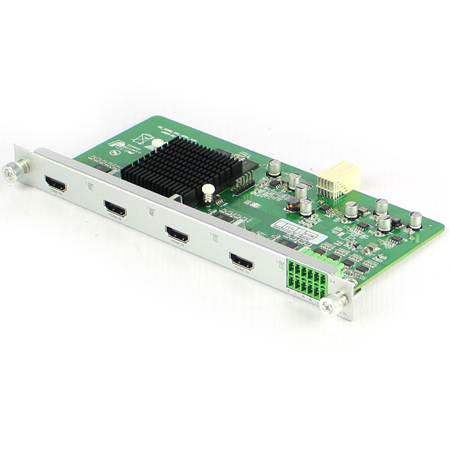 Mixing HD-2K HDMI Input Card
Mixing HD-2K HDMI Input Card
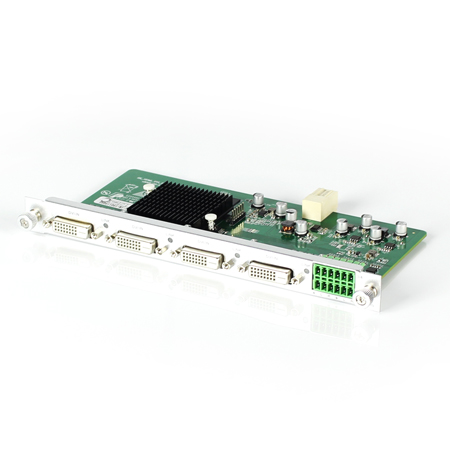 Mixing HD-2K DVI Input Card
Mixing HD-2K DVI Input Card
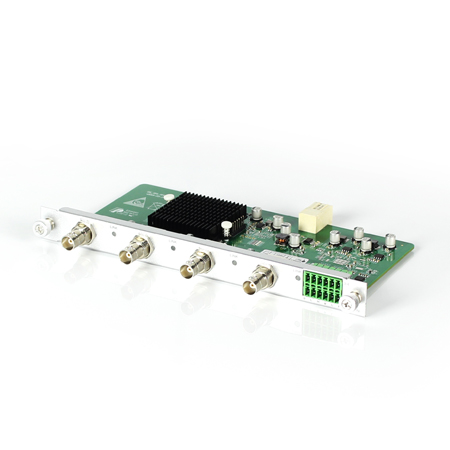 Mixing HD-2K SDI Input Card
Mixing HD-2K SDI Input Card
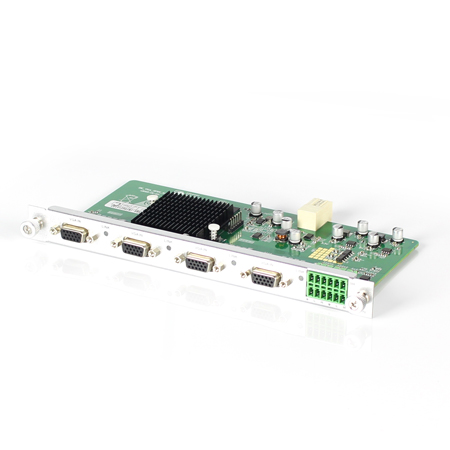 Mixing HD-2K VGA Input Card
Mixing HD-2K VGA Input Card
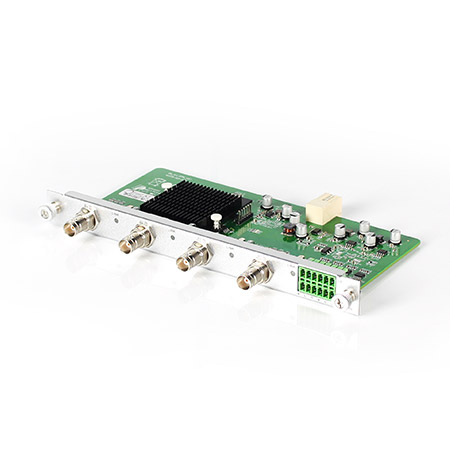 Mixing HD-2K AV Input Card
Mixing HD-2K AV Input Card
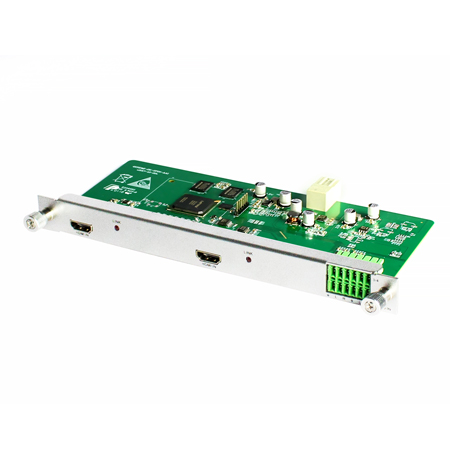 Mixing HD-HDMI UHD Input Card
Mixing HD-HDMI UHD Input Card
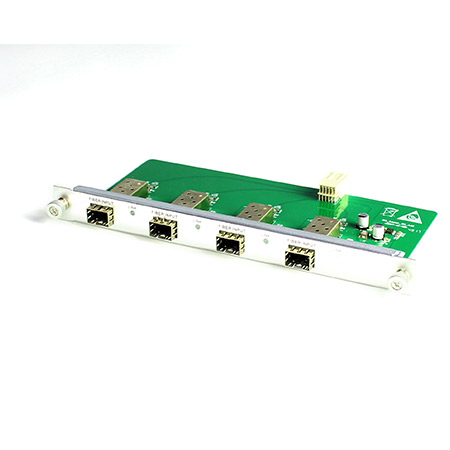 Mixing HD-Fiber Input Card
Mixing HD-Fiber Input Card
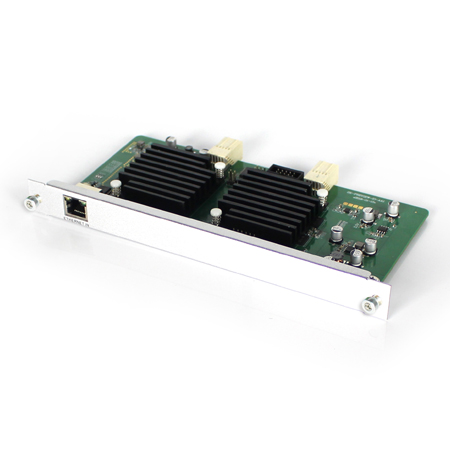 Mixing HD-IP Input Card
Mixing HD-IP Input Card
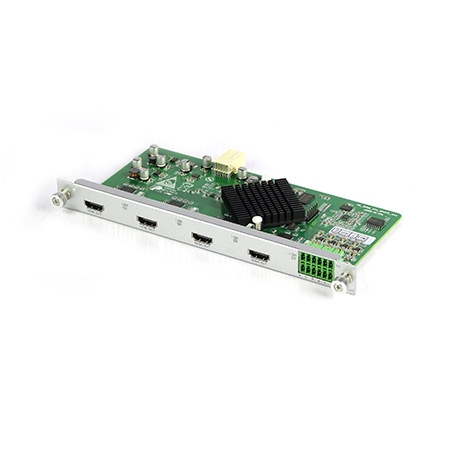 Mixing HD-HDMI Output Card
Mixing HD-HDMI Output Card
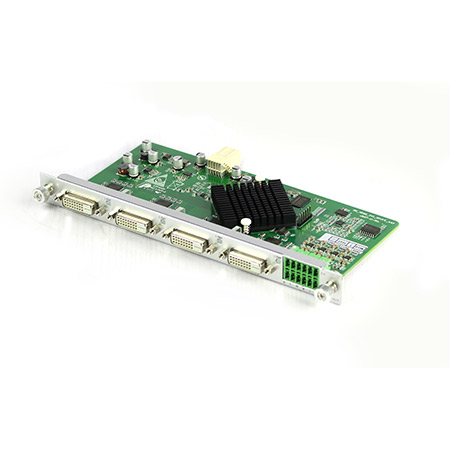 Mixing HD-DVI Output Card
Mixing HD-DVI Output Card
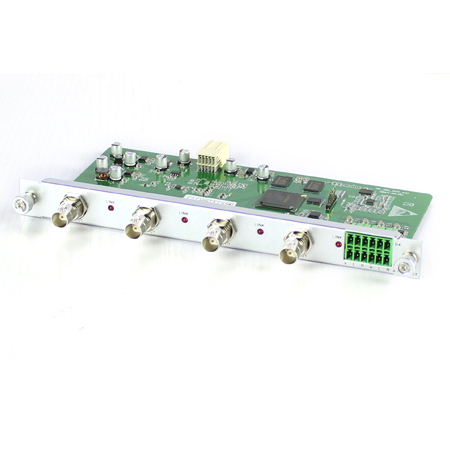 Mixing HD-SDI Output Card
Mixing HD-SDI Output Card
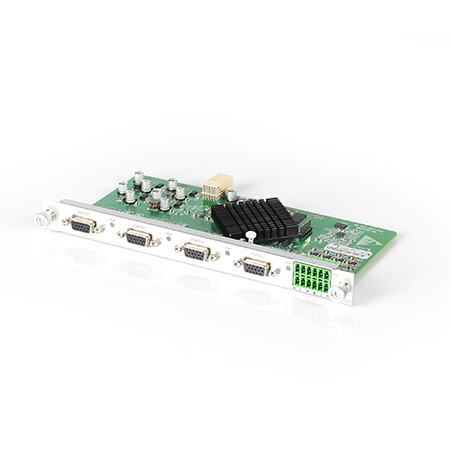 Mixing HD-VGA Output Card
Mixing HD-VGA Output Card
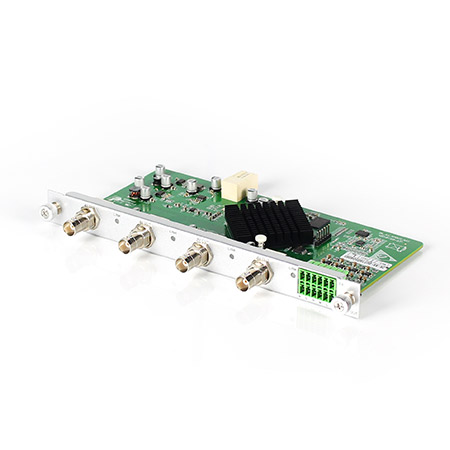 Mixing HD-AV Output Card
Mixing HD-AV Output Card
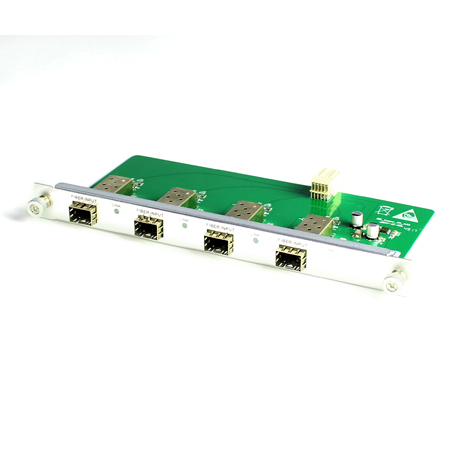 Mixing HD-Fiber Output Card
Mixing HD-Fiber Output Card
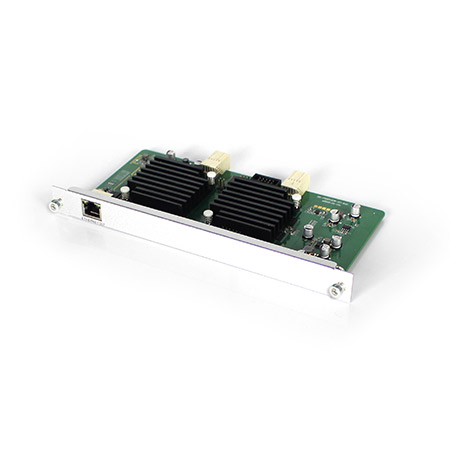 Mixing HD-IP Output Card
Mixing HD-IP Output Card
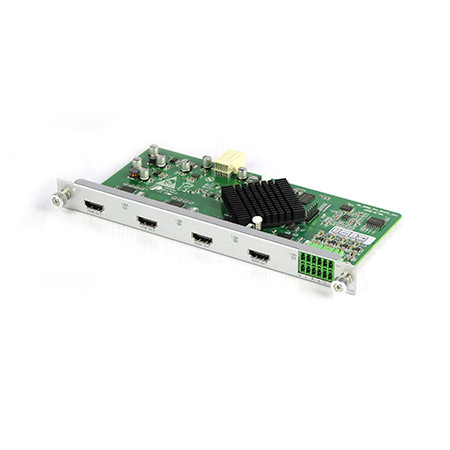 Mixing HD-HDMI Video Wall Control Card (1 channel)
Mixing HD-HDMI Video Wall Control Card (1 channel)
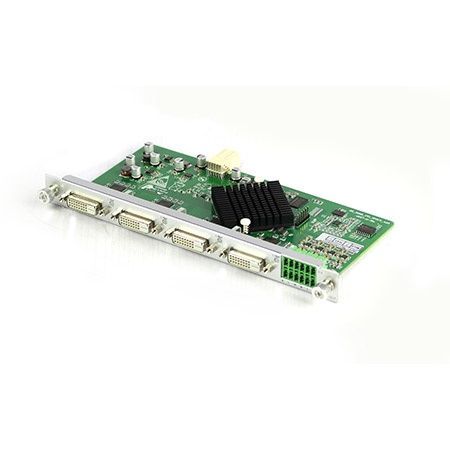 Mixing HD-DVI Video Wall Control Card (2 channel)
Mixing HD-DVI Video Wall Control Card (2 channel)
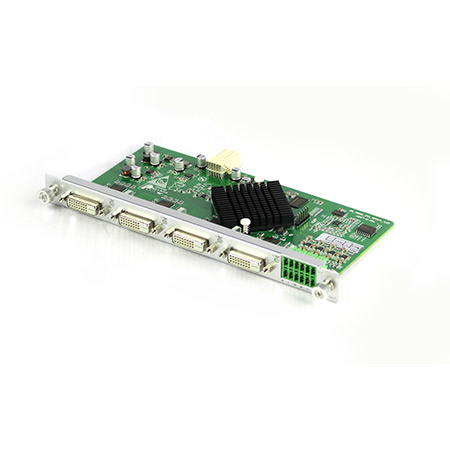 Mixing HD-DVI Video Wall Control Card (1 channel)
Mixing HD-DVI Video Wall Control Card (1 channel)
 Mixing UHD - HDMI Input Card
Mixing UHD - HDMI Input Card
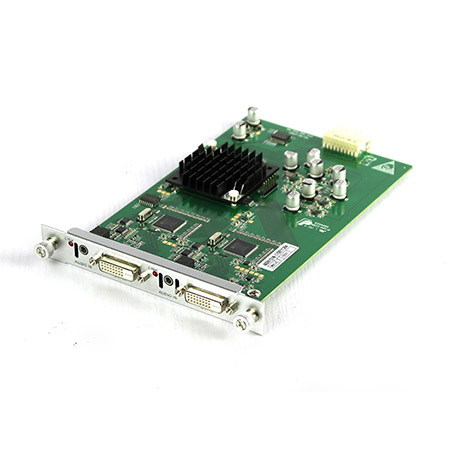 Mixing UHD - DVI Input Card
Mixing UHD - DVI Input Card
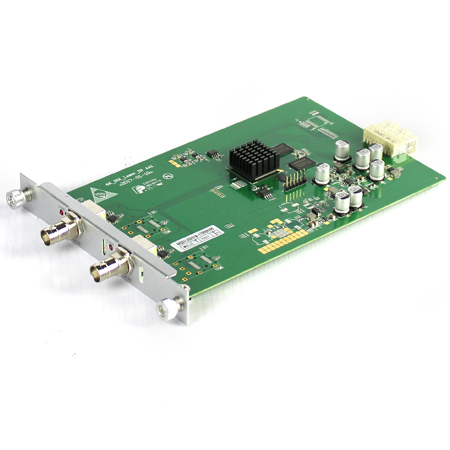 Mixing UHD - SDI Input Card
Mixing UHD - SDI Input Card
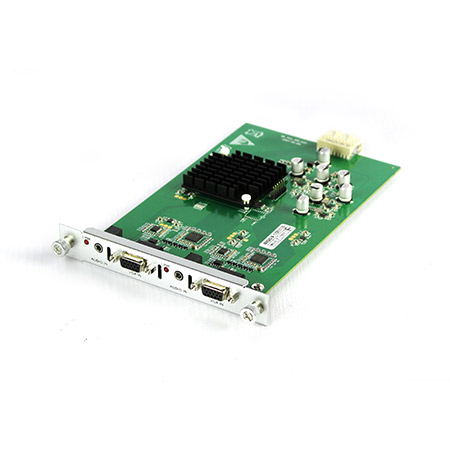 Mixing UHD - VGA Input Card
Mixing UHD - VGA Input Card
 Mixing UHD - AV Input Card
Mixing UHD - AV Input Card
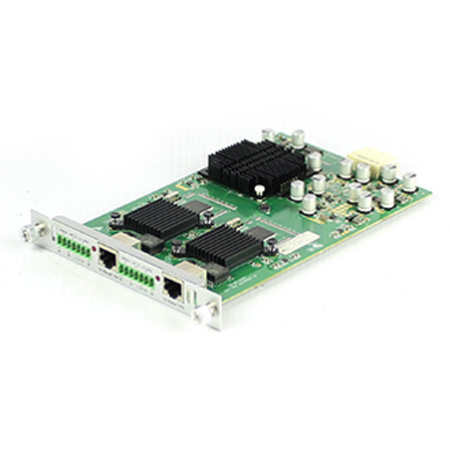 Mixing UHD - HDBT Input Card
Mixing UHD - HDBT Input Card
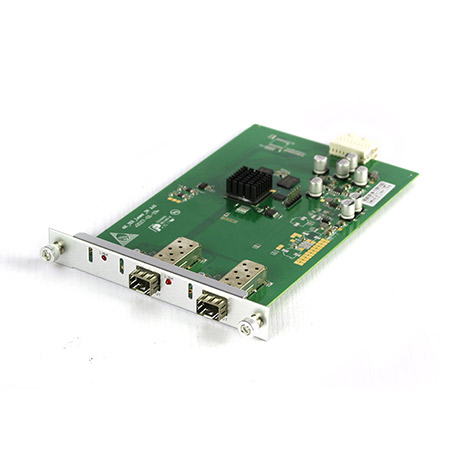 Mixing UHD - Fiber Input Card
Mixing UHD - Fiber Input Card
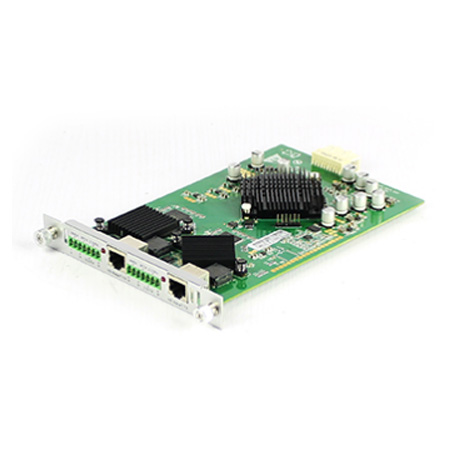 Mixing UHD - HDBT Output Card
Mixing UHD - HDBT Output Card
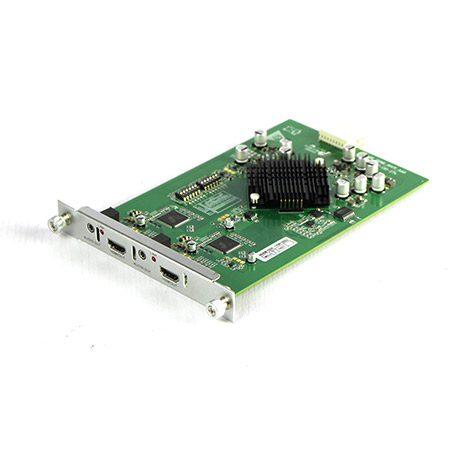 Mixing UHD - HDMI Output Card
Mixing UHD - HDMI Output Card
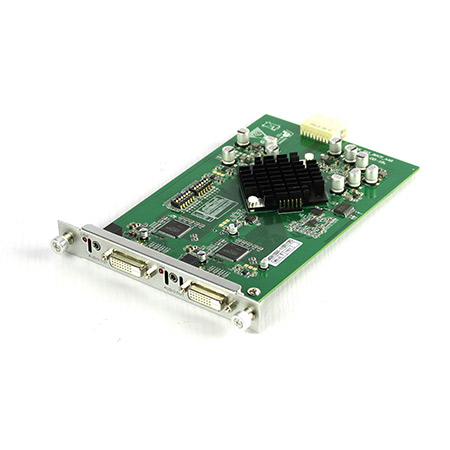 Mixing UHD - DVI Output Card
Mixing UHD - DVI Output Card
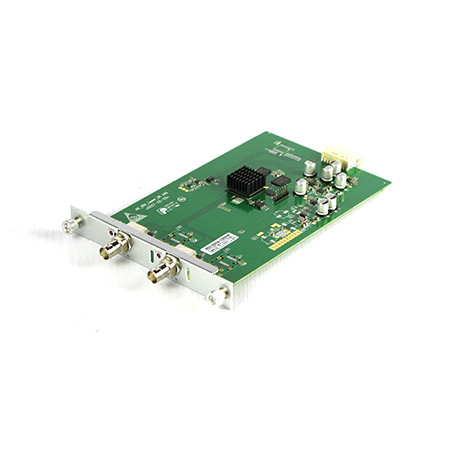 Mixing UHD - SDI Output Card
Mixing UHD - SDI Output Card
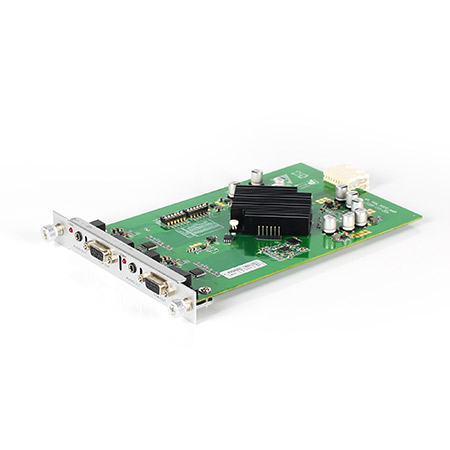 Mixing UHD - VGA Output Card
Mixing UHD - VGA Output Card
 Mixing UHD - AV Output Card
Mixing UHD - AV Output Card
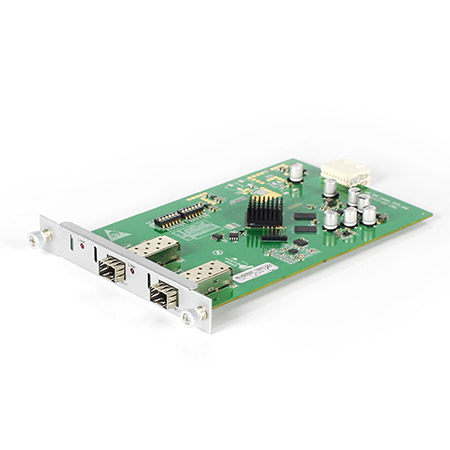 Mixing UHD - Fiber Output Card
Mixing UHD - Fiber Output Card
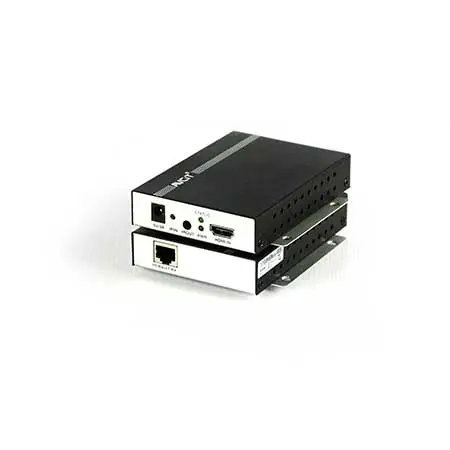 Mixing UHD - 4K HDBT Extender
Mixing UHD - 4K HDBT Extender
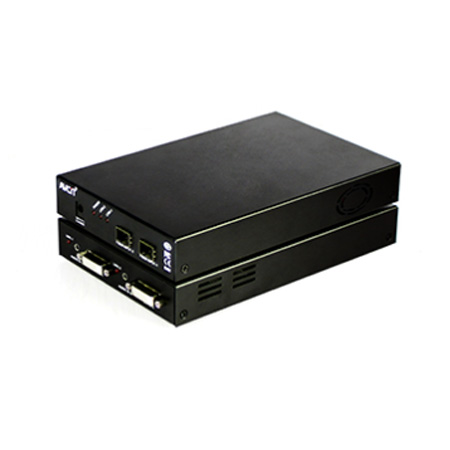 Mixing UHD - 4K Fiber Extender
Mixing UHD - 4K Fiber Extender
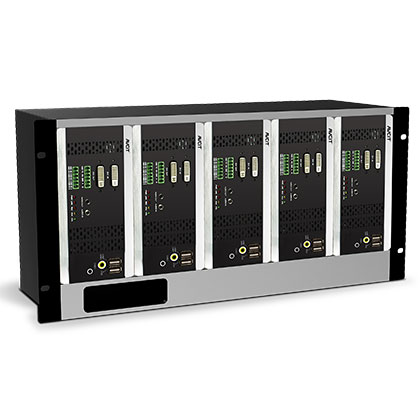 Rack Mounting Kit
Rack Mounting Kit
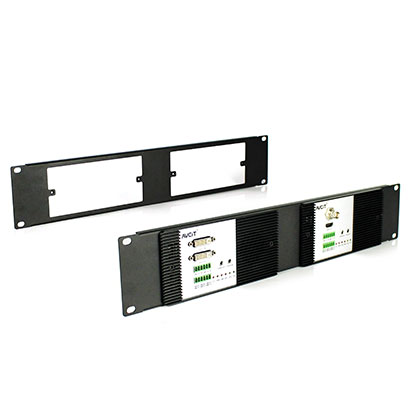 Wall Mounting Kit
Wall Mounting Kit

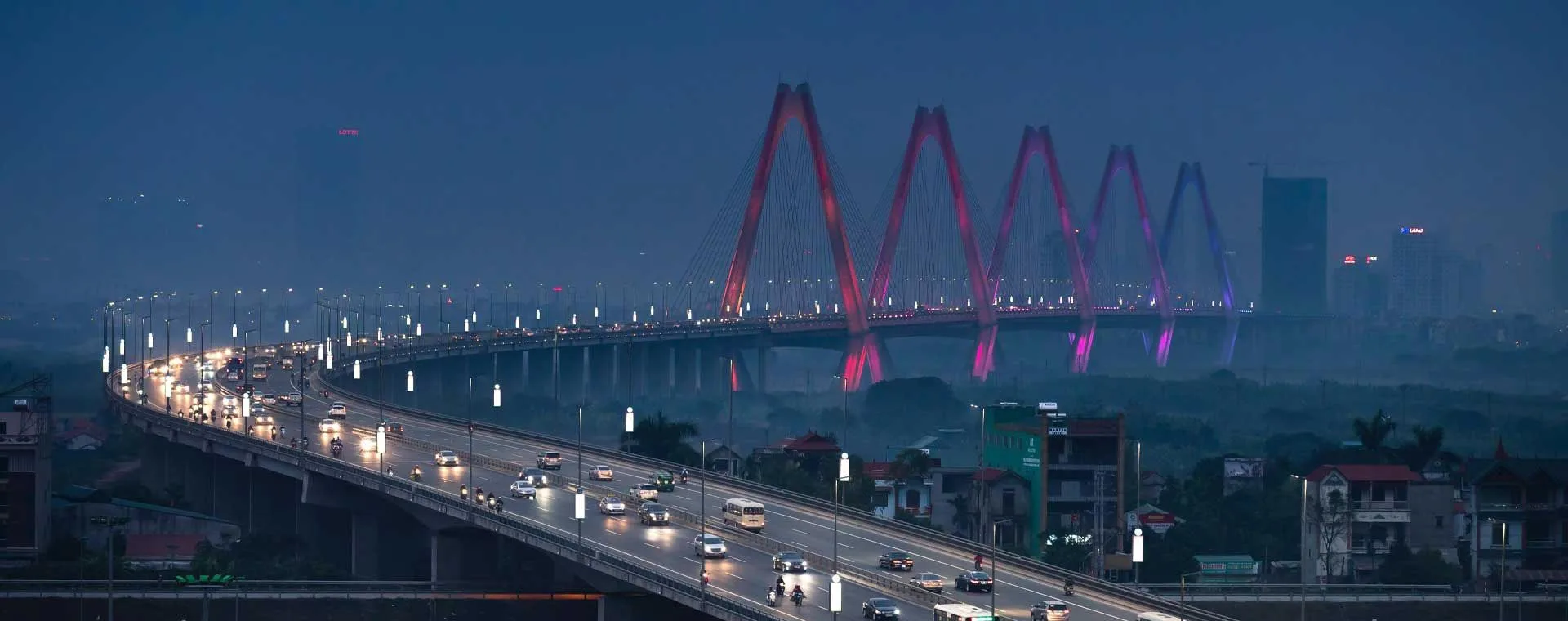





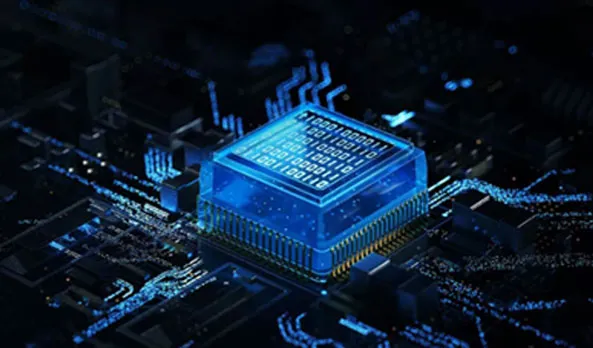


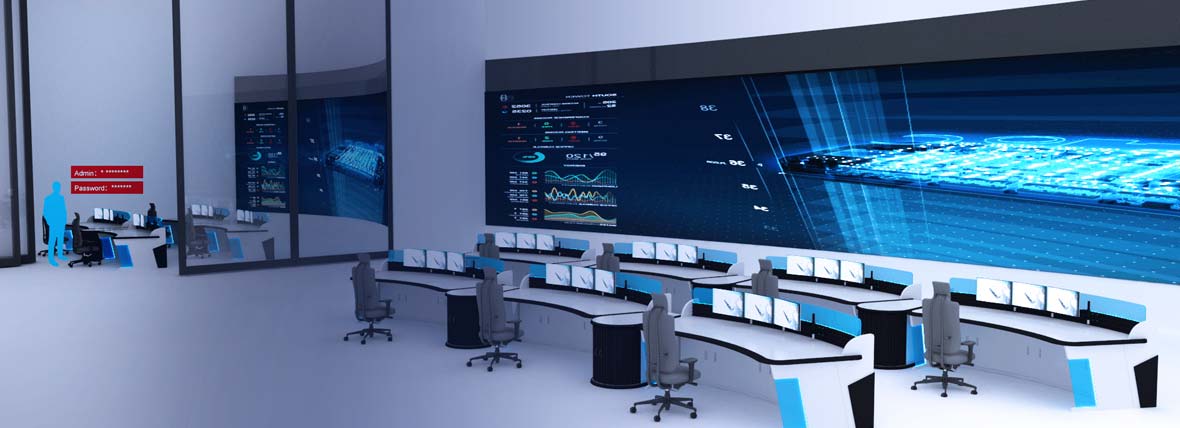
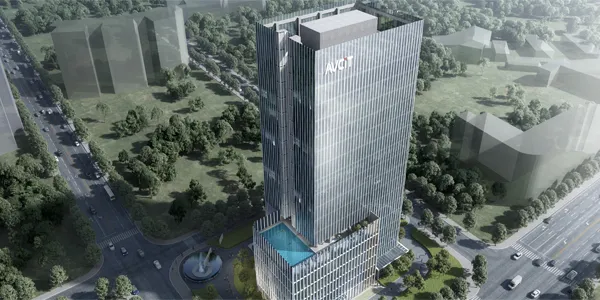

 EN
EN
 es
es  th
th 